Vesna Vulovic
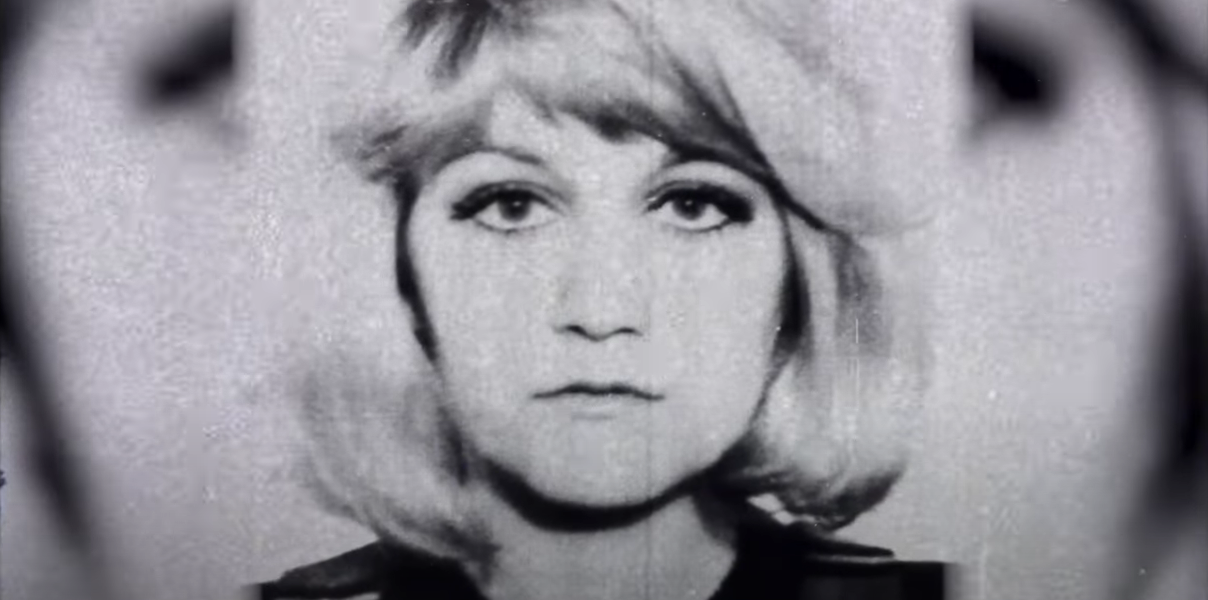
Vesna Vulovic was an air hostess for Yugoslav Airlines in the early 1970s. In 1972, she was working on a plane that exploded during flight at 33,000 feet. To this day, Vulovic holds the record for the highest fall survived without a parachute. In the process, she fractured her skull and broke both her legs and her back. How she survived remains a mystery, but the deep snow she fell into at least helped a little.
Roy Sullivan
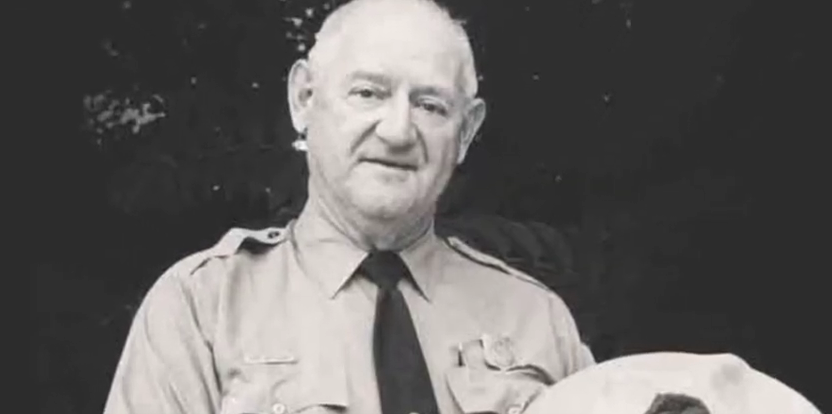
On record, there is not a person in the world alive or dead who suffered as many lightning strikes as Roy Sullivan. While most people who are struck by lightning just once never live to tell the tale, but Roy Sullivan was struck an astonishing seven times between 1942 and 1977, earning him the nickname of The Human Lightning Rod. He was a park ranger, which explains why he continued spending so much time outdoors in stormy conditions.
Poon Lim
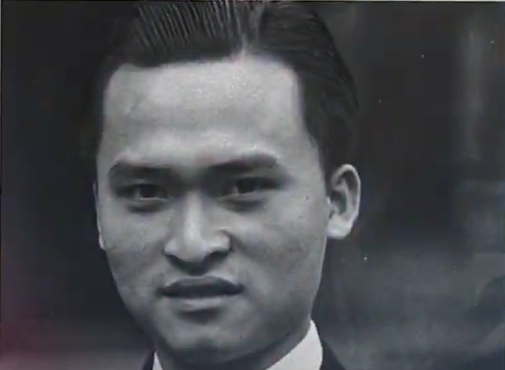
Poon Lim was a Chinese merchant sailor during World War II. In 1942, his ship was torpedoed by a German U-boat, after which he managed to survive on a raft for 133 days. He ate and drank the food and water that he was fortunate enough to have on the raft but that only lasted so long. Lim fished for food and collected rainwater in a piece of canvas in order to make it over four months lost at sea, before finally washing up at the coast of Brazil.
Nick Vujicic

This is a different kind of terrible occurrence, but Nick Vujicic was born with tetra-amelia syndrome, meaning he has no arms or legs. This, naturally, made it incredibly hard for the Australian-born man of Serbian descent to live what most would consider a normal life. Despite the hardships he faced due to his born disability, Vujicic has gone on to complete great feats and is now both a motivational speaker and an author.
Elizabeth Smart

When Elizabeth Smart was a teen of only 14 years old when she was kidnapped in 2002. She was taken from her home in Salt Lake City, Utah at knife-point was and held captive for nine months. During this time she was repeatedly raped, and her kidnappers (who were husband and wife) occasionally took her out in public with them in disguise. Once she was rescued, Smart’s kidnappers were sent to prison, and she has since worked as an advocate for missing persons and victims of sexual assault.
Joe Simpson
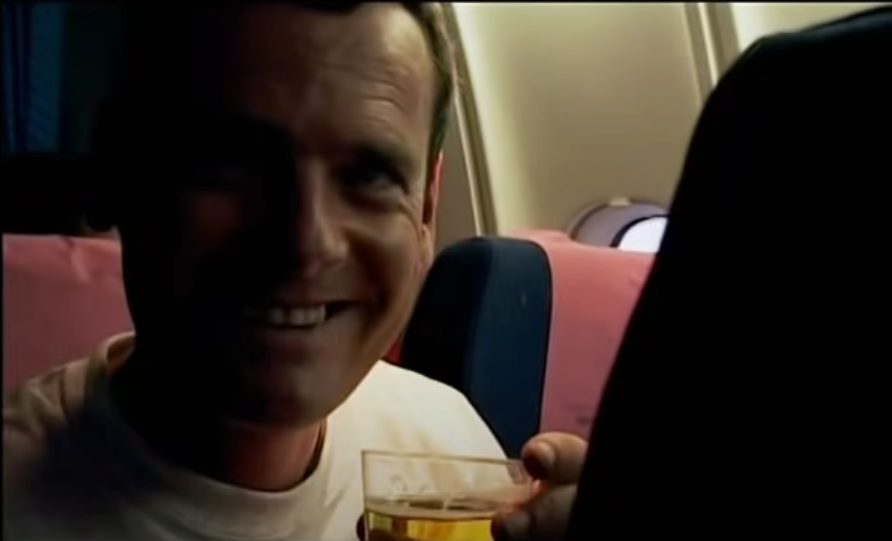
Joe Simpson is a mountaineer who, together with his climbing partner Simon Yates, attempted to climb the previous unscaled face of the Siula Grande in the Peruvian section of the Andes in 1985. During the climb, Simpson broke his leg. Though Yates attempted to rectify the situation, the weather became too poor and Yates was forced to cut the rope to save himself. Somehow, Simpson survived his fall and managed in his severely weakened condition to make it back to their camp. Simpson chronicled his ordeal in the book Touching the Void, which was adapted into a documentary film.
Hugh Glass

Going back a few extra years, it was 1823 when Hugh Glass was attacked by a grizzly bear whilst on a fur trapping expedition in South Dakota. Though his companions abandoned him to save themselves, Glass managed to survive. Although he was severely injured, he managed to crawl the 200 miles to Fort Kiowa over the course of six weeks. Glass’ knowledge of the wildlife around him saved his life. His story was immortalised in Oscar-winning 2015 film The Revenant, starring Leonardo DiCaprio as Glass.
Tami Oldham Ashcraft

In 1983, Tami Oldham Ashcraft and her fiancé were on a sailing trip in the Pacific. A hurricane began and the boat was nearly destroyed. Ashcraft’s fiancé fell overboard leaving her alone. She was stuck alone at sea for 41 days being unable to find her way to shore. After that time, she was thankfully rescued and her story later inspired the 2018 film Adrift.
Anna Bagenholm

In May 2000, orthopedic surgeon Dr. Anna Bagenholm was skiing in Narvik, Norway when she fell headfirst into an icy river, consequently submerging herself under a thick sheet of ice. She was trapped under there for 40 minutes with nothing but a tiny pocket to breathe out of. By the time she was cut out by friends, her body temperature had dropped to just 57 degrees Fahrenheit (13.7 Celsius), and she was showing up as clinically dead. Doctors managed to revive her by pumping her blood to warm it up.
Helen Klaben

Helen Klaben was 21 years old in February 1963 when she travelled from Fairbanks to Seattle with an amateur pilot called Ralph Flores. This choice turned out to be a disastrous one, as Flores crashed the plane in a snowstorm over the Canadian wilderness. The pair survived in four cans of sardines, two cans of tuna, two cans of fruit cocktail, and a bottle of vitamin pills. After they ran out, they survived off melted snow and nothing else. Luckily, their larger frames allowed them to survive off their body fat for 42 days until an aircraft spotted them.
Mauro Prosperi
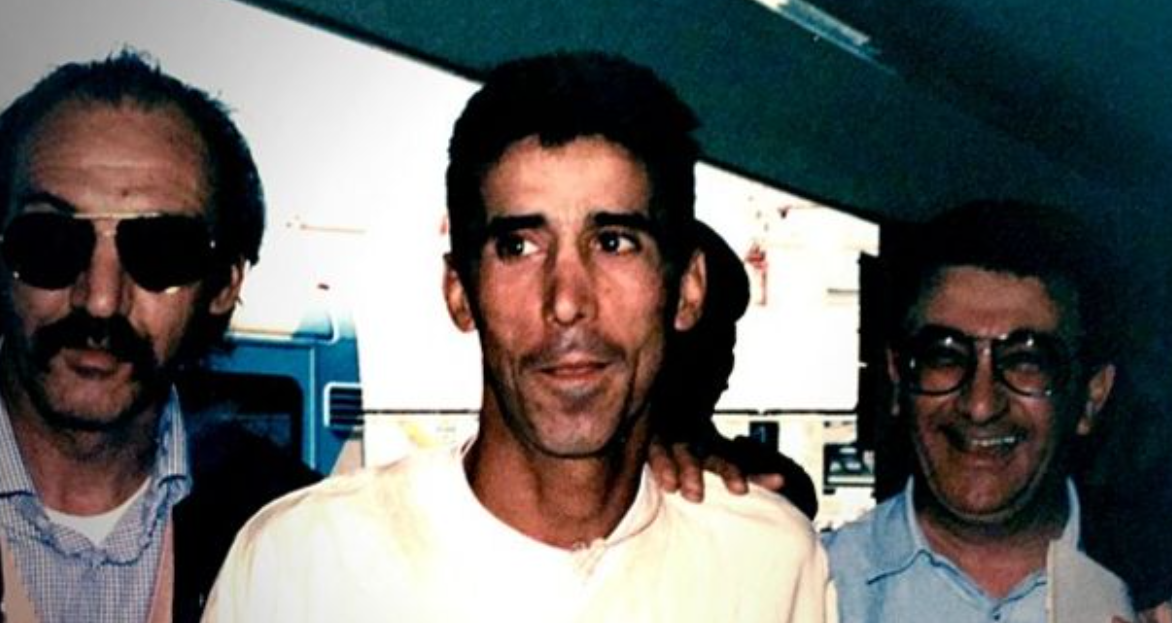
In 1994, 39-year-old Italian pentathlete Prosperi ran the Marathon de Sables, a six-day, 155-mile run through the Sahara Desert. After being forced to take shelter from an eight-hour sandstorm, Prosperi awoke the next day to discover he was lost. After finishing his half-bottle of water, he resorted to drinking his own urine. Holed up at one point in an abandoned Muslim shrine (where he drank the blood of bats), Prosperi contemplated giving up – but he was propelled forward and on day nine of his isolation, Prosperi was discovered by shepherds who alerted rescuers.
Louis Zamperini
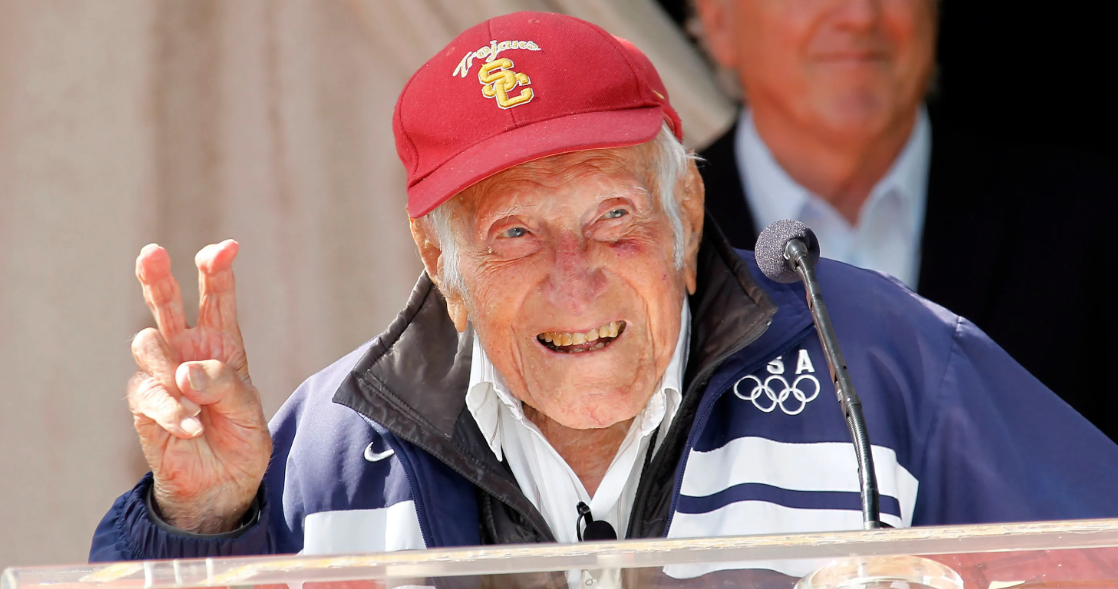
While on a rescue mission in the Pacific Ocean in May 1943, Lt. Louis Zamperini and his company were stranded at sea following an aircraft malfunction. For 47 days, he survived on fish and rainwater, only to be found by Japanese forces. A camp segreant called Mutsuhiro “The Bird” Watanabe tortured Zamperini, at one point lining up other prisoners to take turns punching him for two hours. Zamperini survived and was liberated in 1945. He tried to later reunite with Watanabe to forgive him but was refused.
Genelle Guzman-McMillan

Guzman-McMillian was working on the 64th floor of the World Trade Center’s North Tower when it was struck by American Airlines Flight 11. She was told to stay put and wait for help at first but, after an hour of hearing nothing more, decided to head to the stairwell. On the 13th floor, she bent down to take off her shoe when a wall collapsed on her, trapping her between two pieces of concrete. After 27 hours, she heard a man named Paul telling her to remain calm and the rescuers were on the way. She was the final living person to be salvaged from the wreckage. She tried to find Paul later on to thank him but nobody knew who he was.
Bahia Bakari

Bakari was just 13 when she and her mother boarded a flight that eventually crashed into the Indian Ocean in 2009. The only two survivors, they held onto the debris for over nine hours to avoid being separated by the choppy waters. They were eventually discovered by a rescuing party who swam out to meet them. Bakari was treated for a broken collarbone, hypothermia, and bruising.
Anatoli Bugorksi
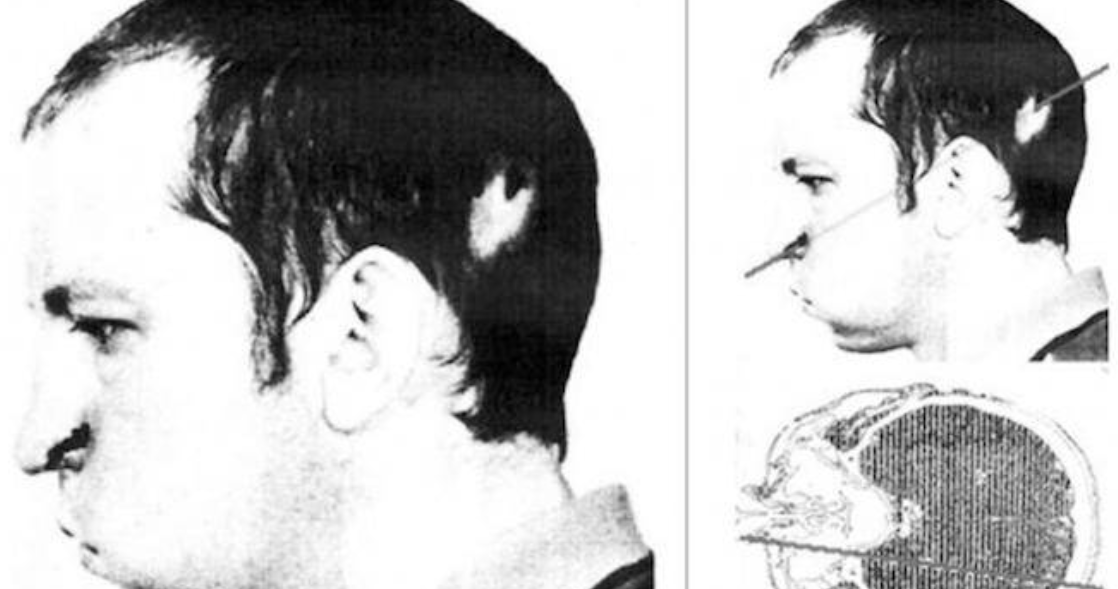
Bugorksi was 36 when he tried to fix a piece of faulty equipment by putting his head between a proton beam and its destination. When the beam passed through his skull he experienced “a flash brighter than a thousand suns.” Despite the severe swelling and eventual paralysis of the left side of his face, Bugorski pulled through. Bugorski saw his accident in purely scientific terms. “This is, in effect, an unintended test of proton warfare,” he said. “I am being tested. The human capacity for survival is being tested.”
Dick Williams
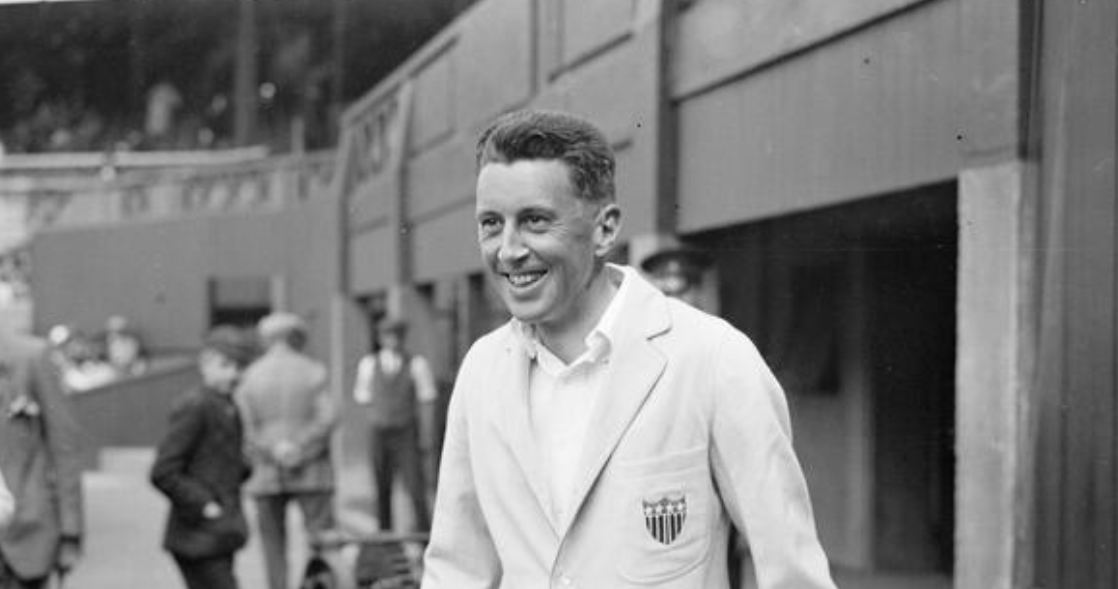
Dick Williams was bound for Harvard University when he and his father Charles had to cope with a sudden sinking Titanic. Charles was tragically killed by a falling funnel as he and Dick helped passengers into lifeboats. Dick ended up in the freezing Atlantic where he remained until the rescue ship Carpathia arrived. When doctors told him his legs had to be amputated due to frostbite, Williams replied, “I refuse to give you permission. I’m going to need these legs.” He walked up and down the ship to restore circulation and within 12 weeks he was playing competitive tennis again, later winning at Wimbledon.
Peter Siebold
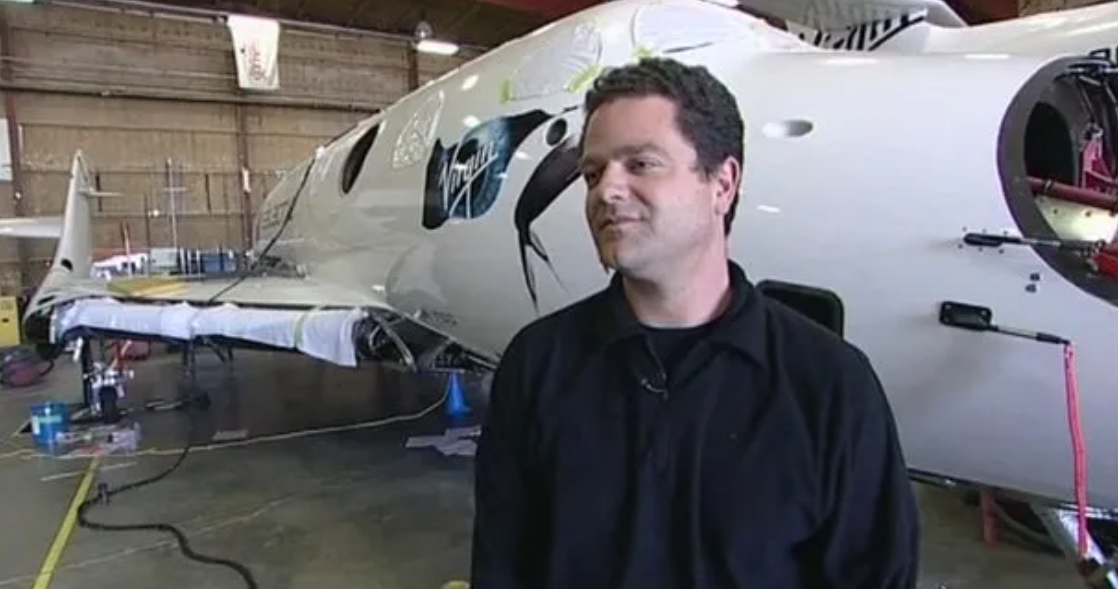
A commercial flight’s cruising altitude is somewhere around 35,000 feet. Peter Siebold fell 50,000 feet from the Virgin Galactic SpaceShipTwo in 2014. On his plummet to the desert, he fell in and out of consciousness and so remembers little of the actual fall. He deployed his parachute 10,000 feet and hoped for the best. Siebold’s injuries included a broken arm and fractured collarbone, scratched corneas, and multiple bruises and scratches, and the fact he survived has been described as miraculous.
Juliane Koepcke

Back on Christmas Day of 1971, Juliane Koepcke was on a flight over the Peruvian rainforest when the plane crashed. Koepcke was only 17 at the time and was the sole survivor of the disaster with 91 people being killed. She trekked through the jungle for eleven days before she was found, and she claimed her jungle life with two scientist parents helped her survive those eleven days.
Salvador Alvarenga
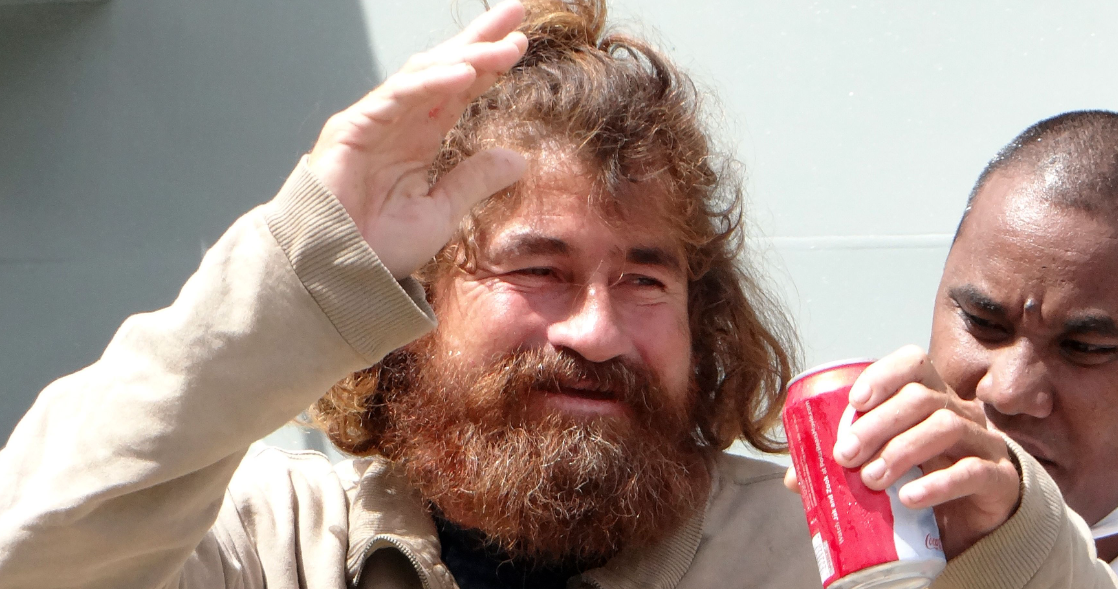
In 2012, Alvaregna and his friend Ezequiel Cordoba got caught in a storm while heading back to the coast of Mexico after a fishing trip. Alvarenga told Shore, “Come now, I am really getting fucked out here.” Soon after, the engine failed, and the waves pushed them further into the open water. Two months into their isolation, Cordoba stopped accepting food and water and died. Alvarenga remained at sea for 438 days, staving off depression by talking to Cordoba’s corpse before burying him at sea. He eventually landed at the Ebon Atoll and, after 11 days of treatment, he returned home to El Salvador.
Harrison Okene
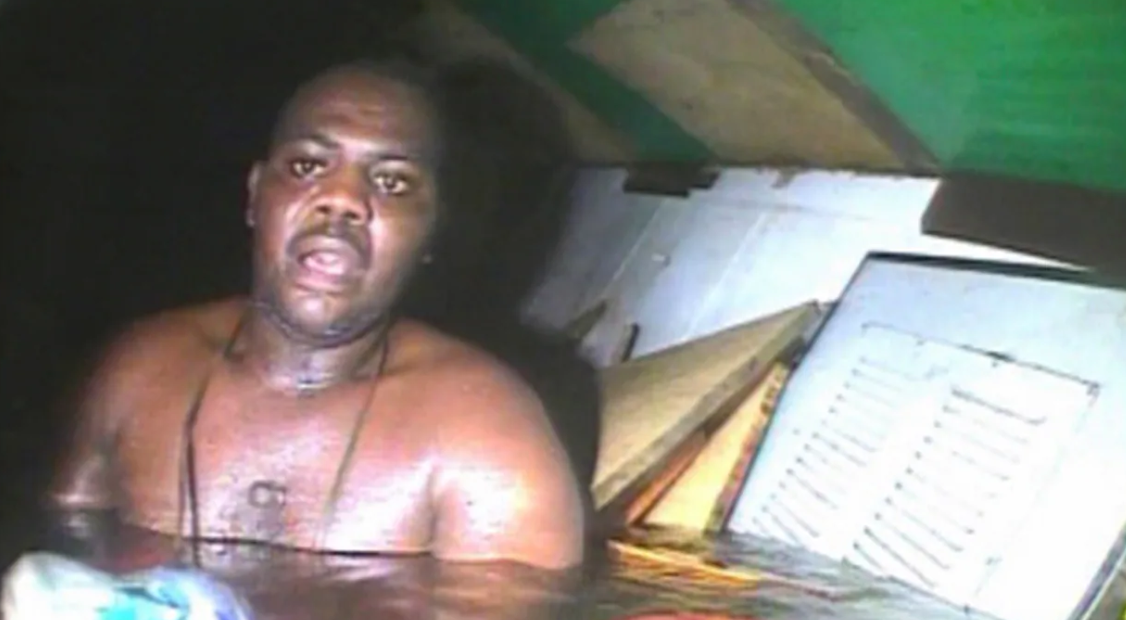
This 29-year-old tugboat cook survived three days in a cramped air pocket, 100 feet beneath the surface of the water after the ship capsized, killing all 11 other members on board. South African rescue divers heard his desperate banging on the wall and brought him back to shore. They found that his heart had absorbed a “potentially fatal amount of nitrogen” and placed him in a decompression chamber for two days to allow him to acclimatise to surface pressure safely.
Gabriella Coane

The youngest person on this list is Gabriella Coane from Houston, Texas, who survived two hurricanes before she was a month old. After surviving Hurricane Harvey, the family moved to their second home in Miami, Florida. Three days later, they were hit by Hurricane Irma. Following a panicked 11-hour drive, they found a small Alabama motel where they waited out the hurricane. Coane was later nicknamed “Storm” by her family.
Adrian Carton De Wiart
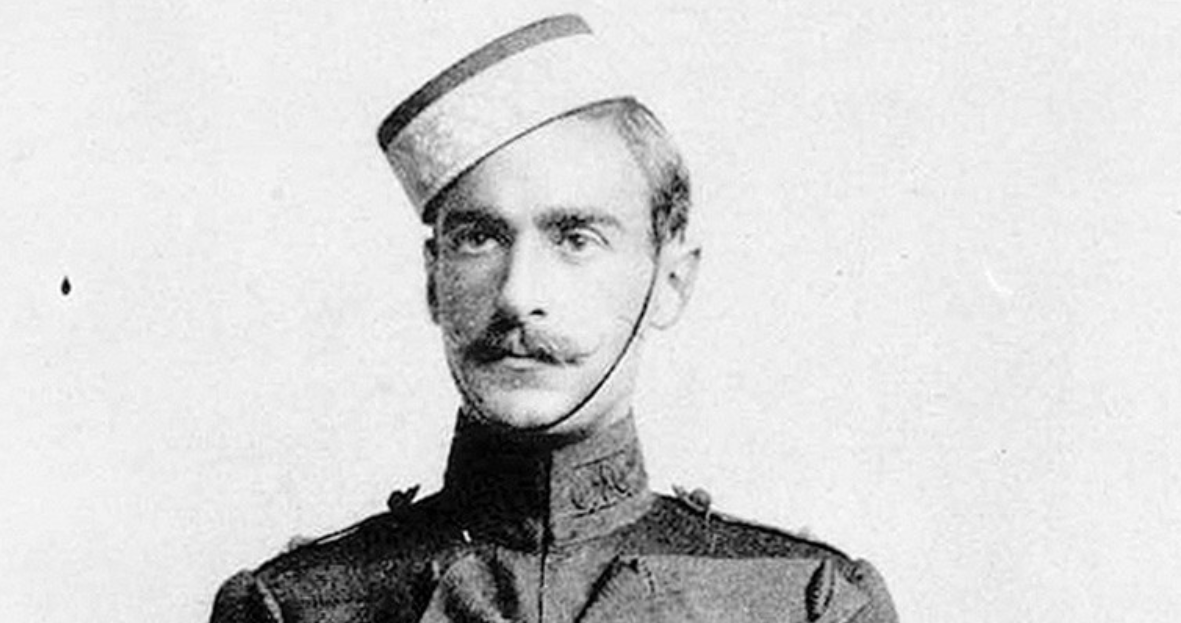
Sir Adrian Carton De Wiart became known as the Unkillable Soldier after successfully serving in the Second Boer War, WWI, and WWII. Across the course of these conflicts, De Wiart was shot in the chest, skull, ankle, hip leg, and ear. He lost an eye and a hand but always recovered and returned to combat. He later assumed commanding officer roles, which landed him in a POW camp at the age of 61. He retired in 1946 and remarked in his autobiography: “Frankly, I had enjoyed the war.”
Aron Ralston

Aron Ralston was a huge fan of canyoning. He went out by himself (without his phone) in 2003, and ended up getting his arm trapped beneath a boulder. He was stuck there for five days until he opted to amputate his own arm with a folding pocket knife in order to survive. Ralston is still alive and well. He wrote about his ordeal in 2004 book Between a Rock and a Hard Place, which was later adapted into the 2010 film 127 hours.
Zahrul Fuadi
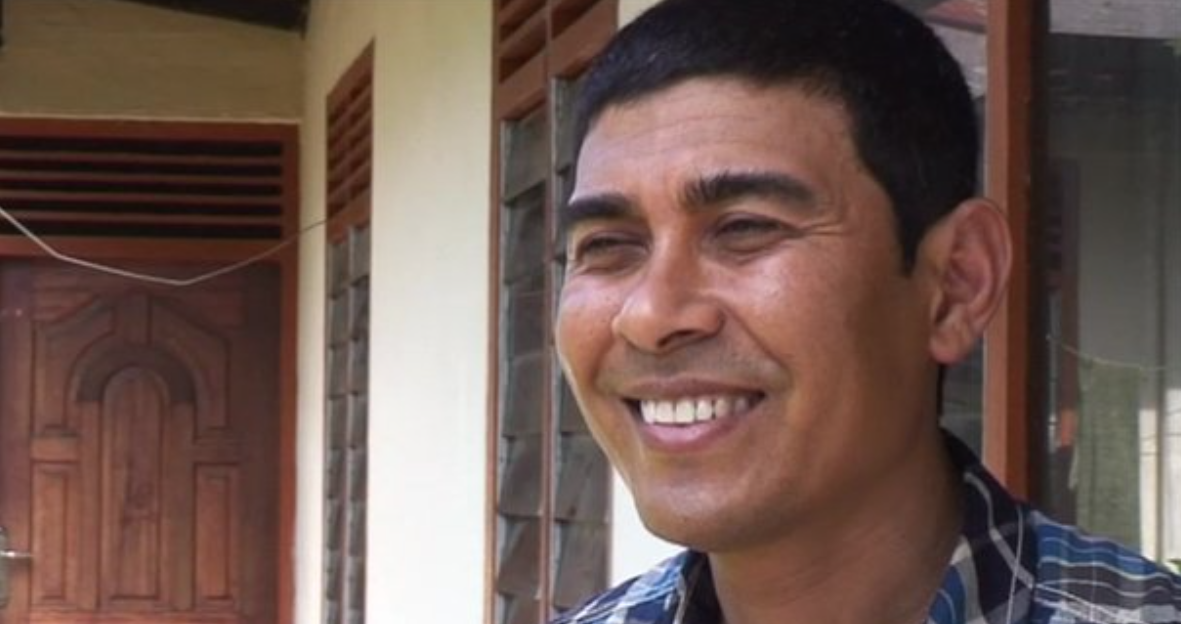
Zahrul Faudi was in the wrong place at the wrong time in 2004, and was subsequently present for the tsunami in Aceh, Indonesia that killed 228,000 people. He survived, and moved to Japan to progress his doctoral studies, but encountered yet another catastrophe when an earthquake and tsunami hit Tohoku. Miraculously, he survived both disasters.
Angela Hernandez
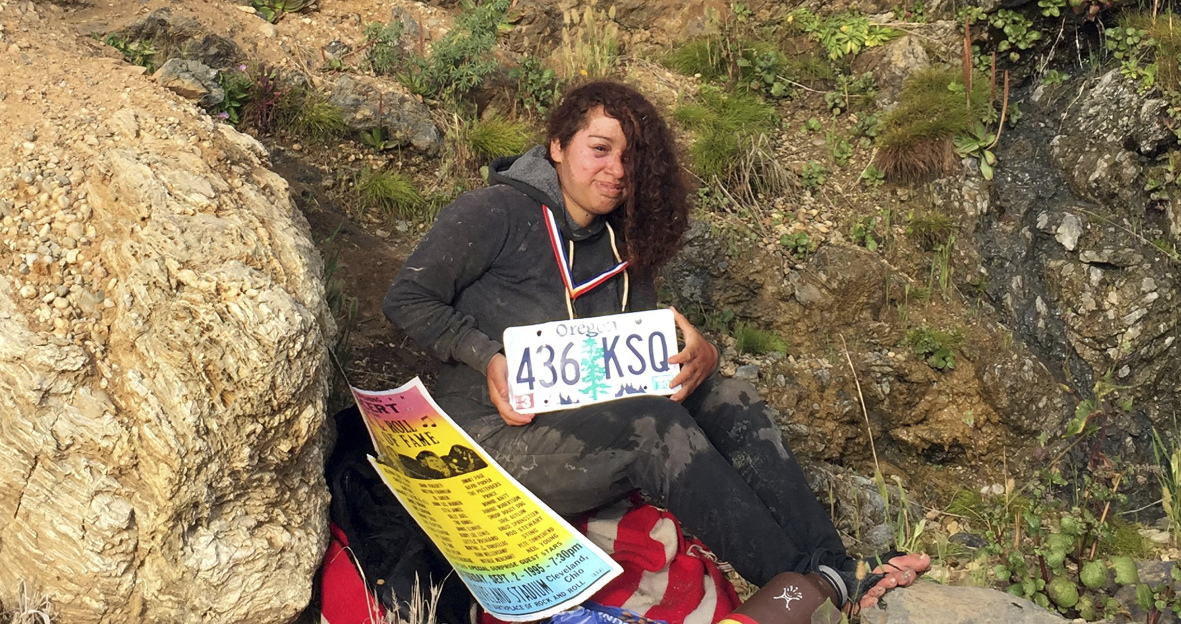
In July 2018, Angela Hernandez swerved to avoid an animal on Highway 1 in Big Sur, California and tumbled 200 feet to a desolate beach below. Landing in the water, she suffered a brain haemorrhage, fractured ribs, a broken collar bone, ruptured blood vessels in both eyes, and a collapsed lung. She swam to the beach and passed out, and was discovered after seven days by hikers scouting the beach for fishing spots.
Steven Callahan
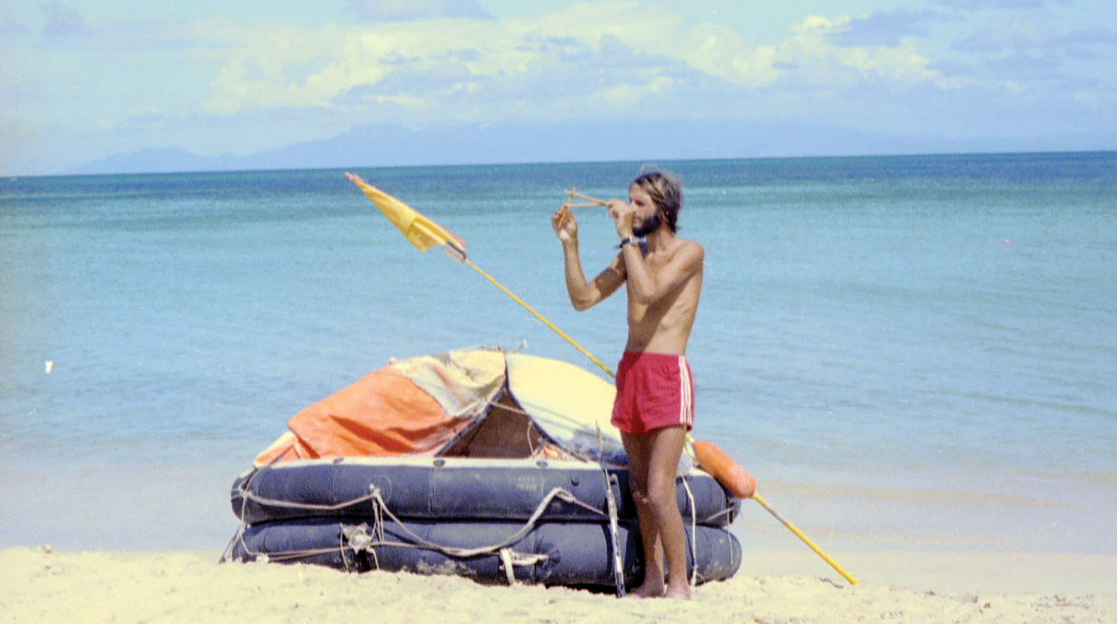
Steven Callahan’s boat was hit by a storm as he returned home from his solo sail across the Atlantic in January 1981. That wasn’t a huge issue by itself, but when a shark tore a hole in his vessel, the situation became quickly dire. Jumping ship, Callahan survived in a six-foot circular raft, 800 miles West of the Canaries. He managed to last 76 days at sea, shooting and eating fish, but his body was covered in sores from the salt water and he was severely dehydrated. Fishermen off the coast of Guadeloupe eventually spotted and rescued Callahan.
The Apollo 13 Crew
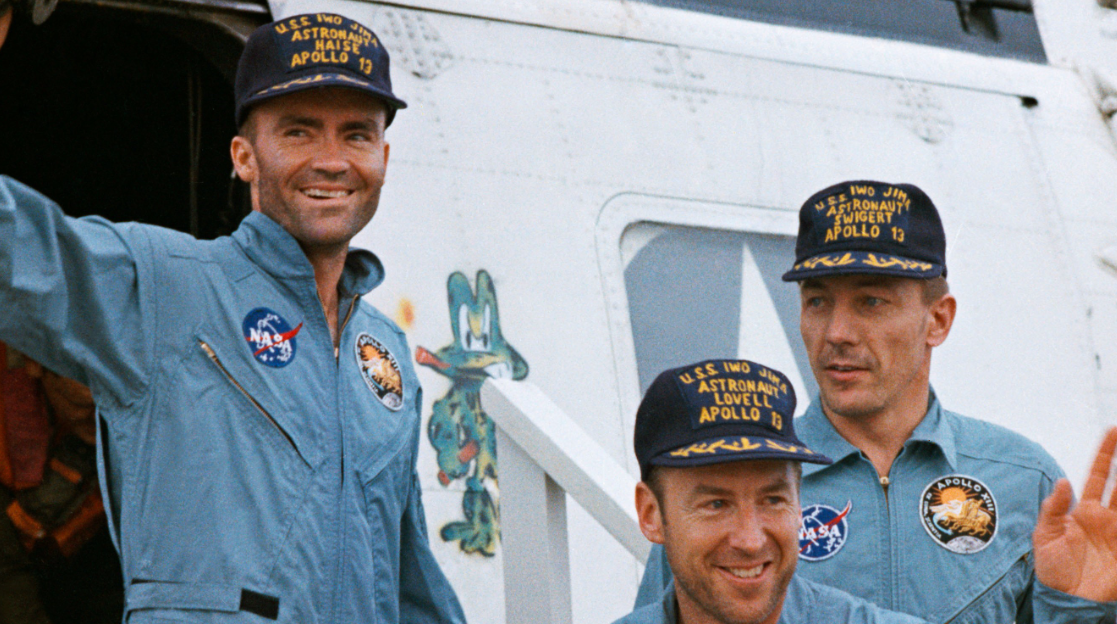
In 1970, the Apollo 13 crew journeyed 248,655 miles from Earth, the furthest any humans have ever been into space. However, after faulty wiring blew out part of the spacecraft, Jim Lovell, Jack Swigert, and Fred Hayse had to make an orbital correction that took them far away from their destination so they could slingshot back to Earth. As a result, they were forced to survive for four days on rations meant to last a day and a half. The crew returned to Earth with only minor injuries and maladies.
Abby Sunderland
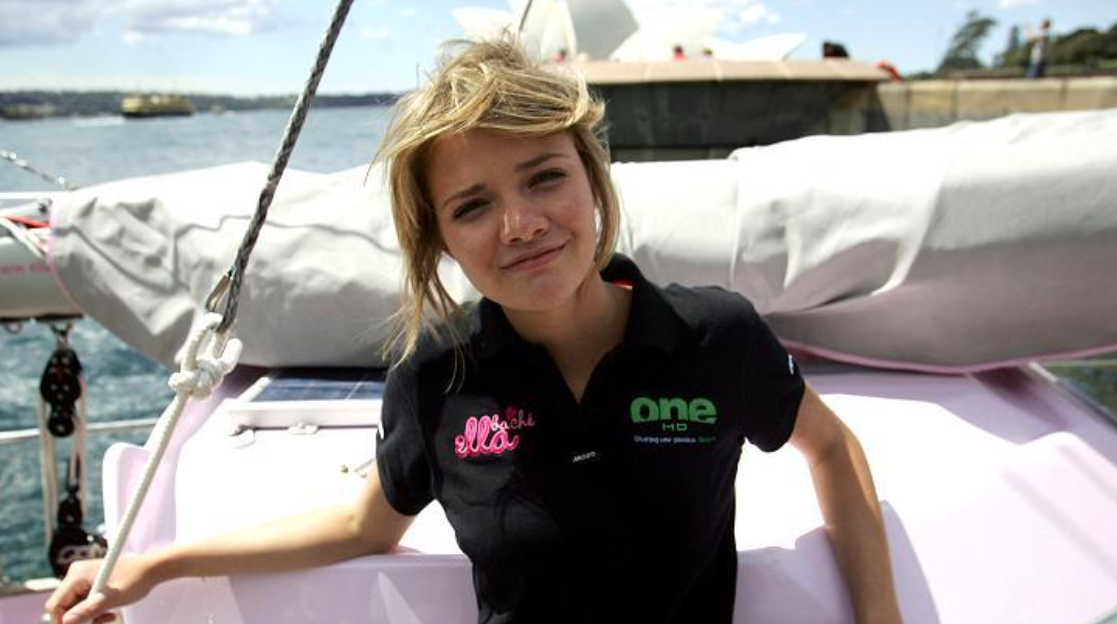
Abby Sunderland was trying to become the youngest person to sail solo around the world when a storm snapped the mast of her 40-foot yacht, Wild Eyes. Sunderland, who was just 16 at the time, was left stranded 2,000 miles from land in the Indian Ocean after being hit by the severe winds. Amazingly, she was rescued two days later by fishermen after raising a distress signal.
Slavomir Rawicz
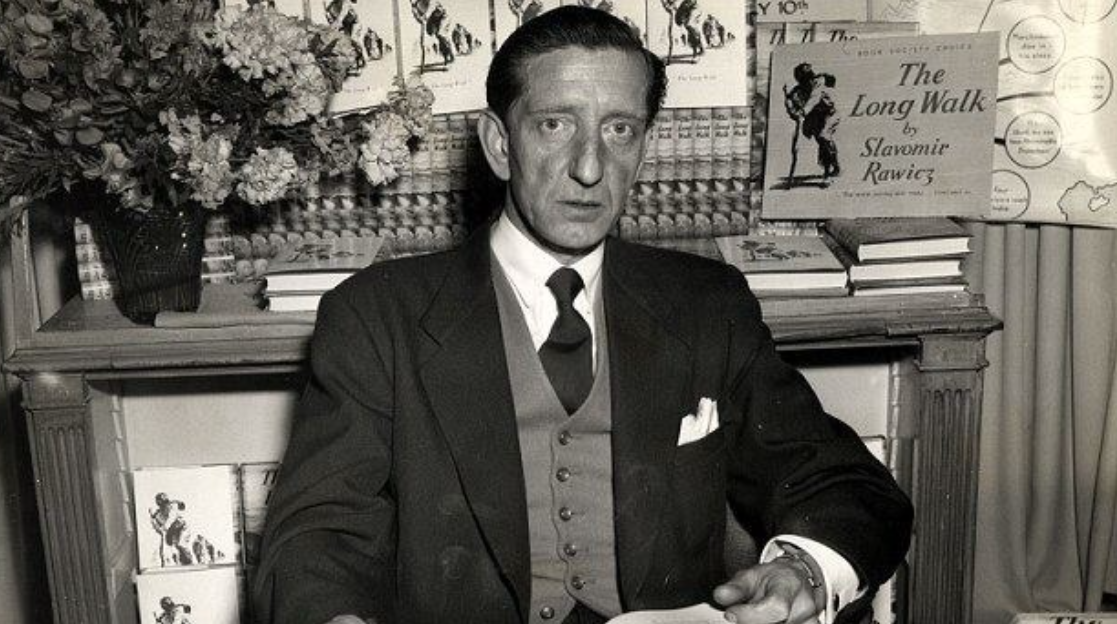
Slavomir Rawicz was a cavalry officer in the Polish army when the Soviet Army captured him in 1939. He was tortured and put on trial in Moscow and then sentenced to 25 years of hard labour in a Siberian Gulag. After a year, he escaped and travelled 4,000 miles across the Siberian tundra and the Gobi desert, travelling into Tibet and over the Himalayan Mountains before finally finding safety in British India.
Yossi Ghinsberg
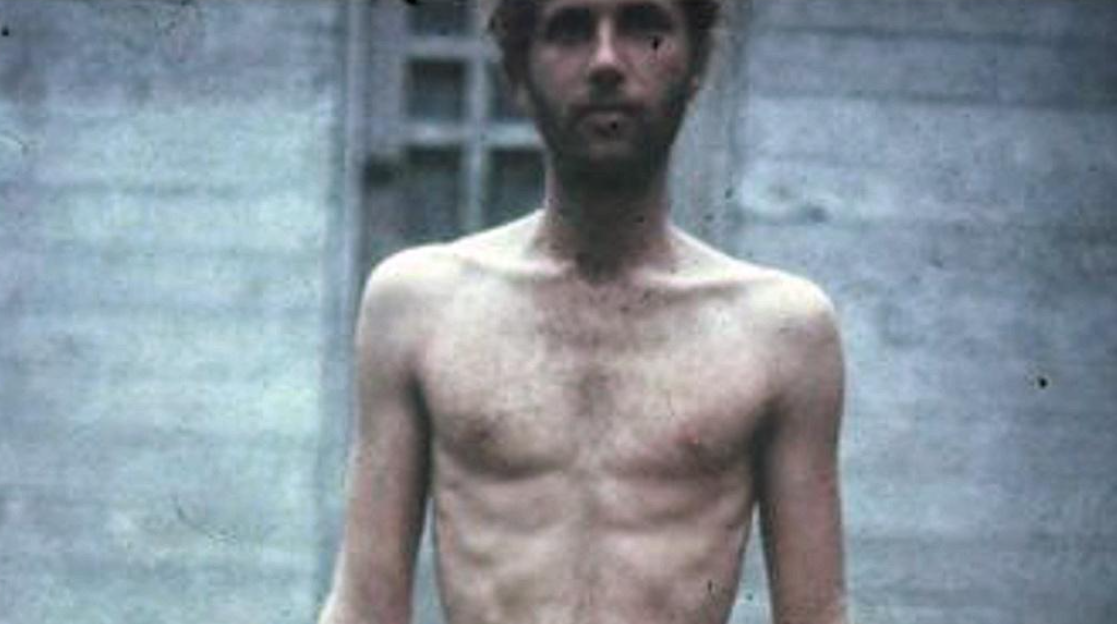
In 1981, Yossi Ghinsberg and three companions set off into the Bolivian Amazon. However, they soon got lost, with two members of the party initially breaking away and disappearing, never to be seen again. Ghinsberg and his remaining friend built a raft to float downriver, but this eventually snagged on a rock and separated the two. Ghinsberg wandered solo for 19 days before being discovered along the river bank by local men. His surviving friend was also rescued.
The Robertson Family
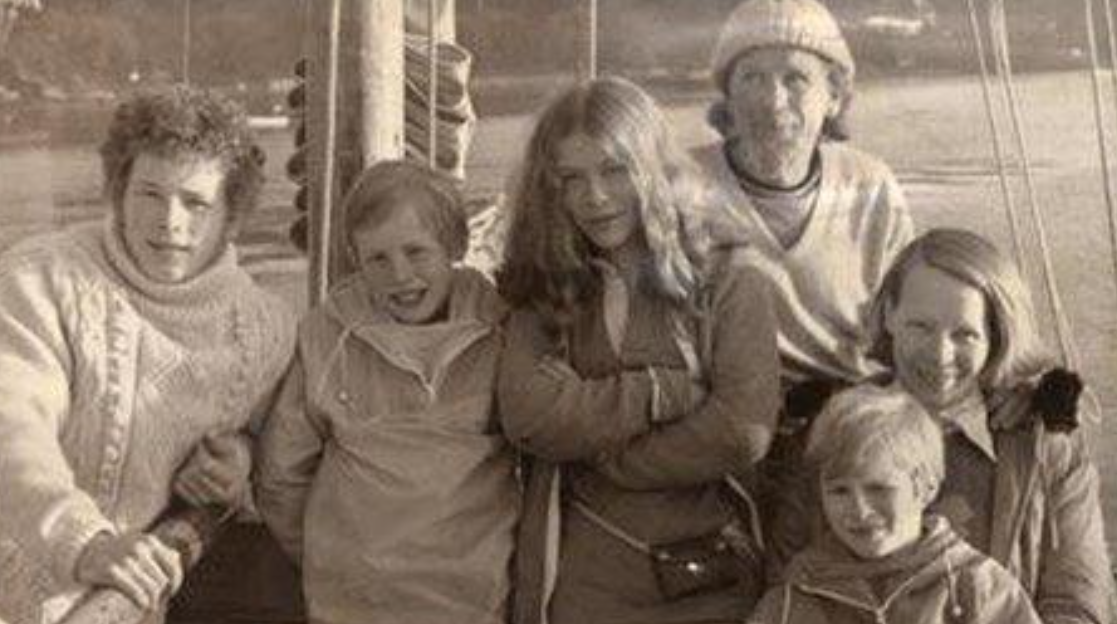
In June 1972, a pod of killer whales destroyed the ship of Dougal and Lyn Robertson 200 miles off the Galapagos Islands. They and their three children battled the torrid ocean for 36 days. They were rescued by Japanese fishing trawler Toka Maru II in a lifeboat heading towards the Panama Canal.
Debbie Kiley
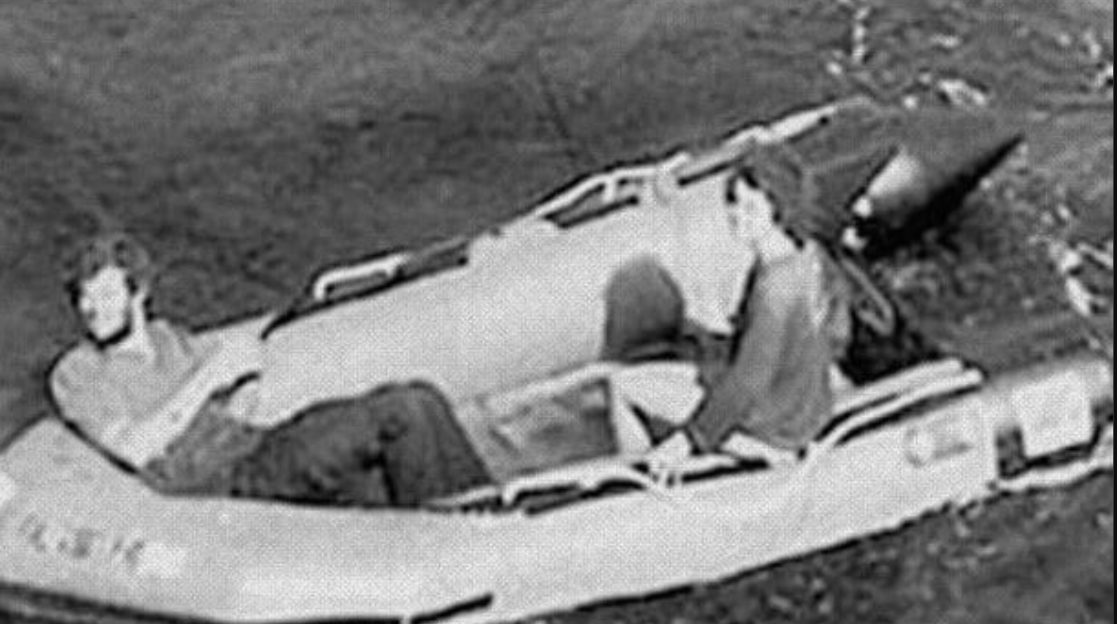
In October 1982, Debbie Kiley and four others set out on a 58-foot yacht from Maine to Florida, when gale winds and high seas sank the yacht. The group were left stranded in shark-infested waters, in a rubber dinghy without food or supplies. Two men dead after drinking seawater and becoming delusional, leaving the boat of their own volition and being eaten by sharks. The third member of the group, a woman, died from infected injuries she had sustained during the yacht’s sinking. Debbie and the last remaining crew member hung on for four days before being rescued by a Soviet cargo ship.
Steve Fossett

During his fourth attempt to collect the $1 million prize for circumnavigating the globe solo in a helium balloon, Steve Fossett ran into a storm over the Coral Sea. His balloon gave way at 30,000 feet and he went crashing down to earth. Incredibly, he survived the fall and was rescued 10 hours later.
John Colter
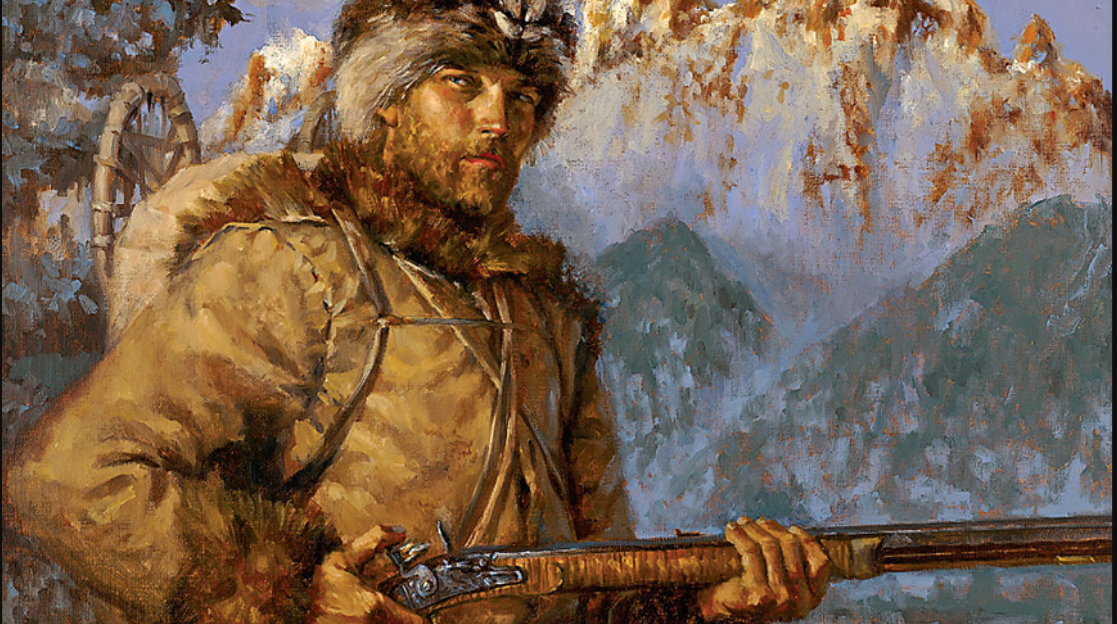
John Colter was an American trapper and expediter who was captured by Blackfeet people in 1808 while travelling to negotiate trade agreements with neighbouring tribes. His own accounts state that, after being told to come ashore, Colter was availed of his clothes and left to run, soon outstripping his assailants with such speed that he had only one man after him. He surprised the man and killed him with his own spear, before hiding in beaver lodge to escape recapture.
Jan Baalsrud
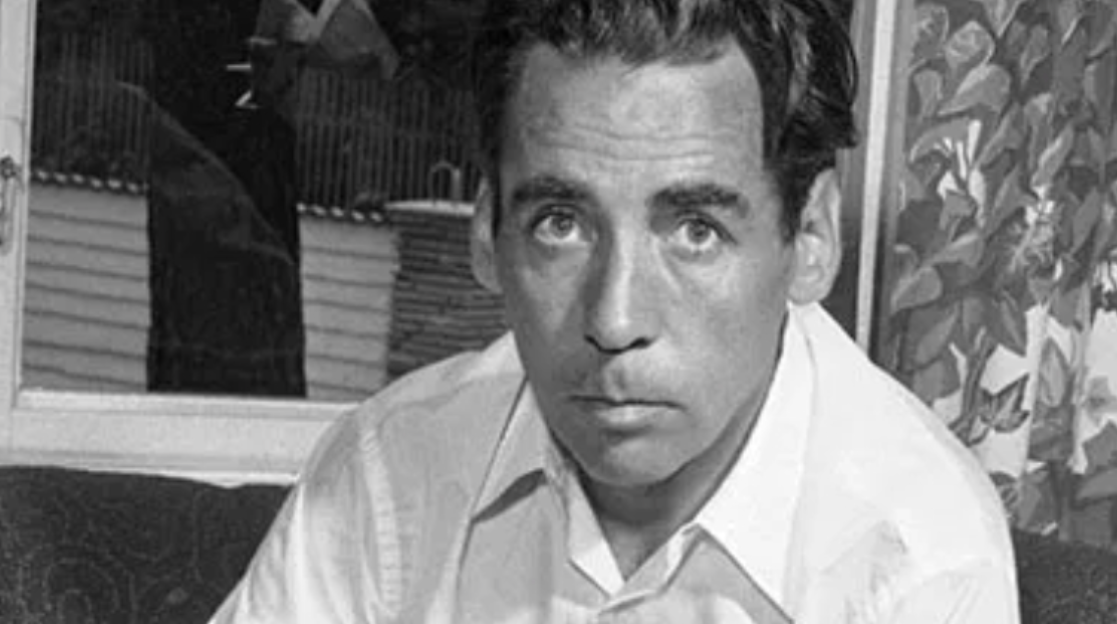
In March 1943, Jan and a gaggle of ex-pat commandos arrived in Nazi-occupied Norway from England in the hopes of aiding the resistance. The hopes were quickly dashed and Jan was forced to flee through the Norweigan tundra almost naked and with a bullet wound. He eventually found a peaceful and accommodating Arctic village that assisted him in returning back to England.
Beck Weathers
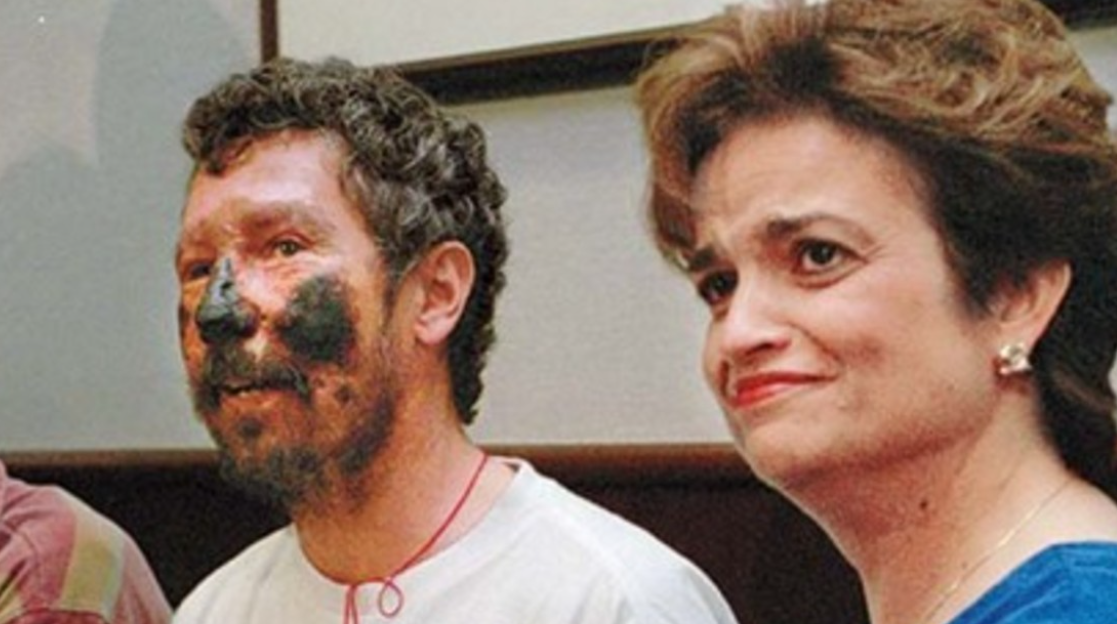
Beck Weathers is an American pathologist and survivor of the 1996 Mount Everest disaster. He lost consciousness in the death zone and spent 18 hours in the subzero temperatures before regaining his senses and stumbling his way back to camp. Now-infamous pictures show Weathers’ badly disfigured and blackened face, which was mostly treated by plastic surgery, though he did lose both hands.
Ann Rodgers
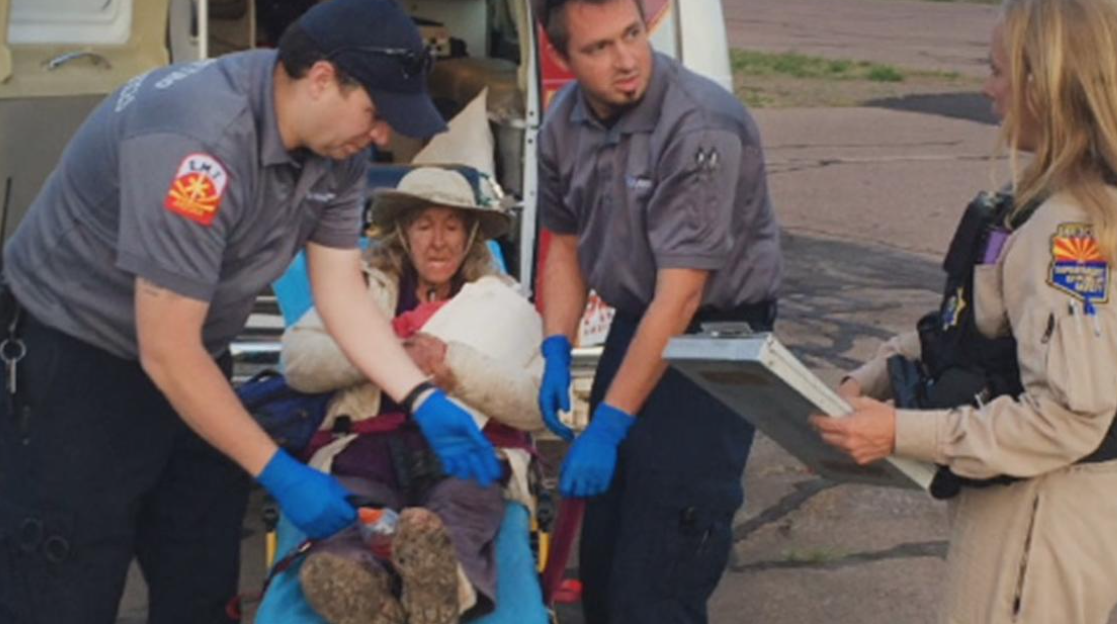
In 2016, 72-year-old Ann Rodgers got lost on a far-out dirt road and eventually ran out of gas. Rodgers stayed in her car on the first night. On the second night she left the car. This was a bad move on Rodgers, whose family had filed a missing report, as the police had located the deserved vehicle. Luckily, Rodgers had taken a survival course in her youth which helped her along the way. She built fires and drank from ponds. She knew which plants were edible and which weren’t. She was finally found after creating a large HELP sign with rocks and wood. Her ordeal lasted 9 days.
Ricky Megee
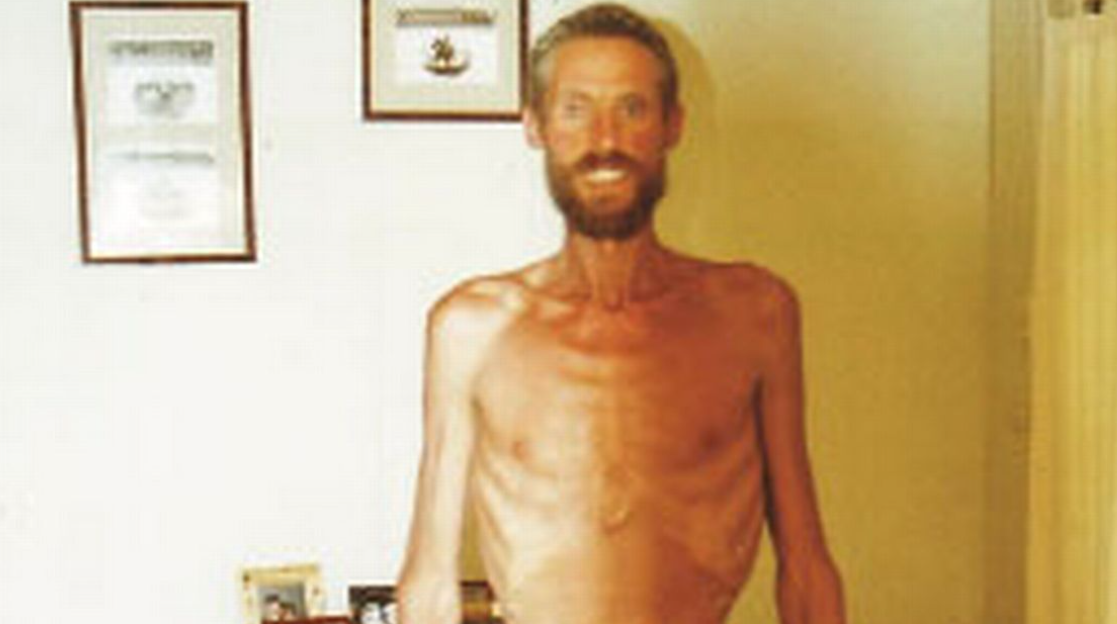
While driving in the Northern Territory, Australia, in January 2006, Ricky Megee picked up 3 hitchhikers who turned out to be robbers. They spiked his water, took his possessions, and drove away, leaving him for dead in a shallow grave. Megee was completely stranded with no food or water, so for five days, he had to survive off his own urine. Eventually, he came upon a dam where he ate leeches and lizards and drank water. He found cleaner water and stayed there for two months, being discovered by a station crew after 71 days had passed. He made a full recovery.
Marcus Mazzaferri
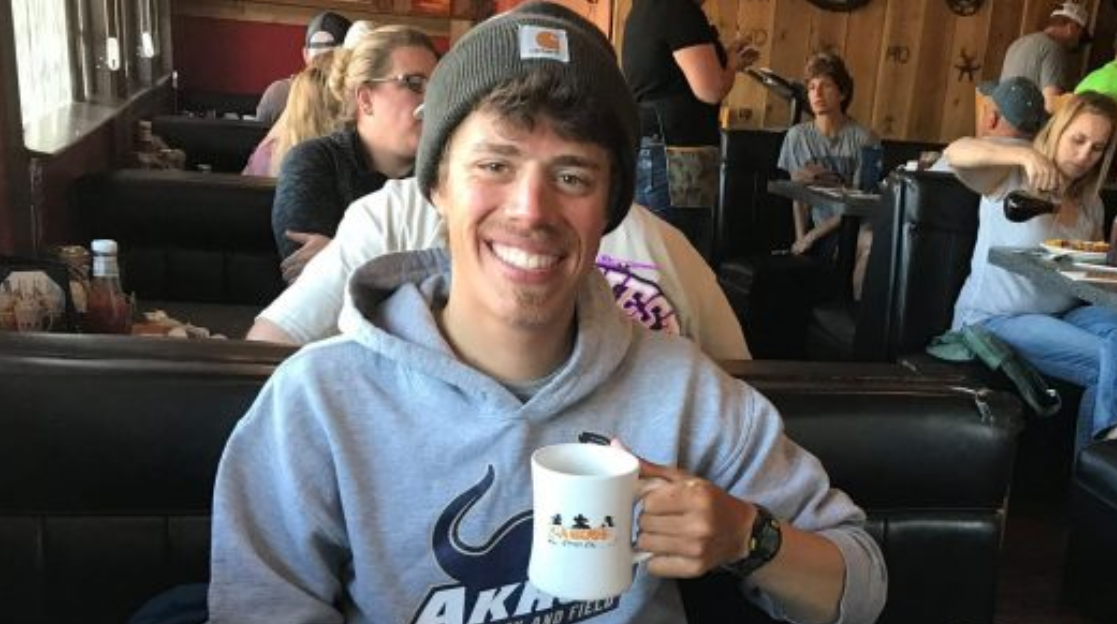
Marcus Mazzaferri slipped on a river rock at Yosemite Park in May 2017 and was pulled down by the rapid water, leaving him in dire straits. Barely able to see without his glasses, he attempted to find his way back using footprints but the dark prevented him., leaving him no choice but to stay the night. The next morning, he decided to follow the deer tracks instead, and he was led to the sounds of a plough crew on the other side of the river, who he swam to despite being on the brink of hypothermia.
Graham Austin

In July 2011 on the Appalachian Trail, hiker Graham Austin was struck by lightning. His clothes were fried, his muscles felt stretched, and there was a huge scar on his body running from his head to his feet. For a minute, his heart stopped beating, he became paralyzed and turned dark purple. His friends on the Trail performed CPR and brought him back from the brink. Austin was rescued by helicopter and eventually regained the use of his legs.
Truman Duncan

In June 2006, switchman Truman Duncan turned up to work as normal. Things went pear-shaped when he fell and landed between moving railroad freight cars. After getting up, the car hit him and trapped his body under the wheels, cutting off his legs and slicing through his pelvis bone. Truman took his phone from his belt and called 911. Miraculously, he survived, despite losing his legs, pelvis, and kidney!
Mary Vincent

In September 1978, Mary Vincent was hitchhiking to her grandpa’s house in California when a van pulled up and offered her a ride. The driver, a male, said he could only take the 15-year-old Mary and not her friends. During the drive, Mary fell asleep and awoke in Nevada. The driver sexually assaulted her, mutilated her body and put her in a concrete pipe down an embankment. She managed to come to consciousness again and flag down a car, holding her arms raised to slow the bleeding. The driver, Lawrence Singleton, was later sentenced to death and died in 2001.
Nando Parrado and Roberto Canessa
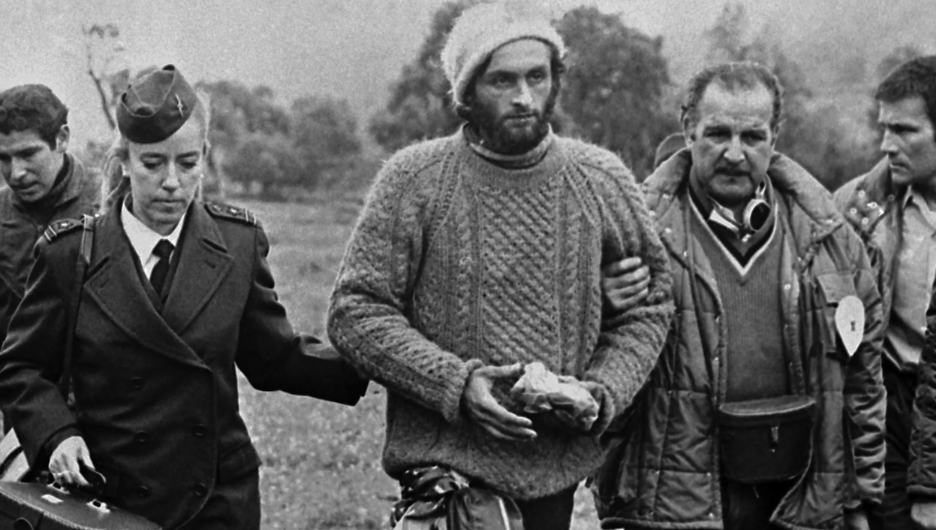
Nando Parrado and Roberto Canessa were two of the 45 passengers aboard the Uruguayan Air Force Flight 571 in October 1972 that crashed into the Andes. Dehydrated at a high altitude, Parrado and Canessa, rugby players both, were left with no choice. They began to eat the dead passengers, a decision neither ever regretted. After a 10-day descent, they found rescuers.
Michael Benson

In 1992, Michael Benson was shooting aerial footage in Hawaii for a film with his colleague Chris Duddy, when their helicopter crashed over Kilauea, an active volcano. The pilot Craig Hosking fell inside the crater, just missing the molten lava. He and Duddy were able to get to safety the next day. Benson, however, was missing. He was inside the crater, within earshot of the bubbling magma, for two whole days before a rescue net dropped down on him.
Matthew Allen
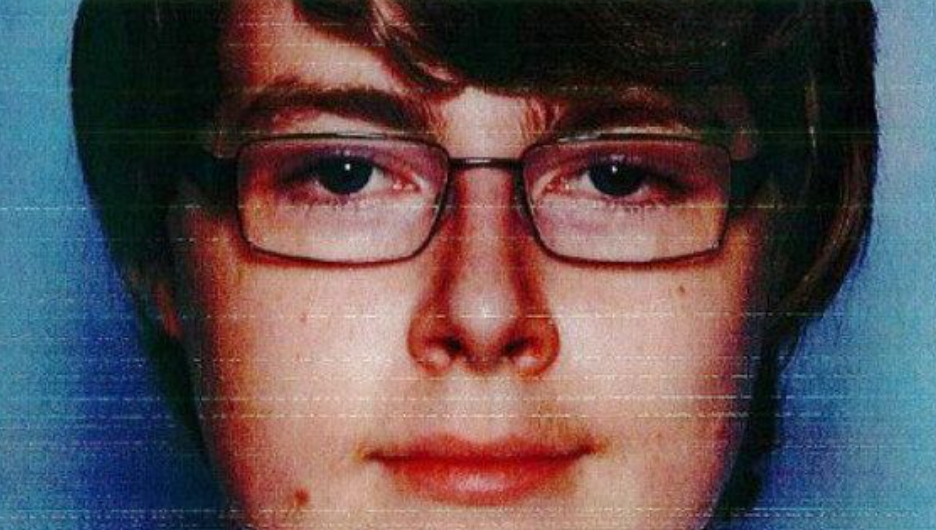
Teenaged Matthew Allen made the spur-of-the-moment decision to run away from home in December 2012. He couldn’t have picked a worse time. The 18-year-old Allen went missing for nine whole weeks until he was discovered by hikers in the Australian Outback. Unable to stand and delirious, he had lost half his body weight and was living off creek water. He’d been missing in a record-breaking heatwave, no less.
Sir Ernest Shackleton
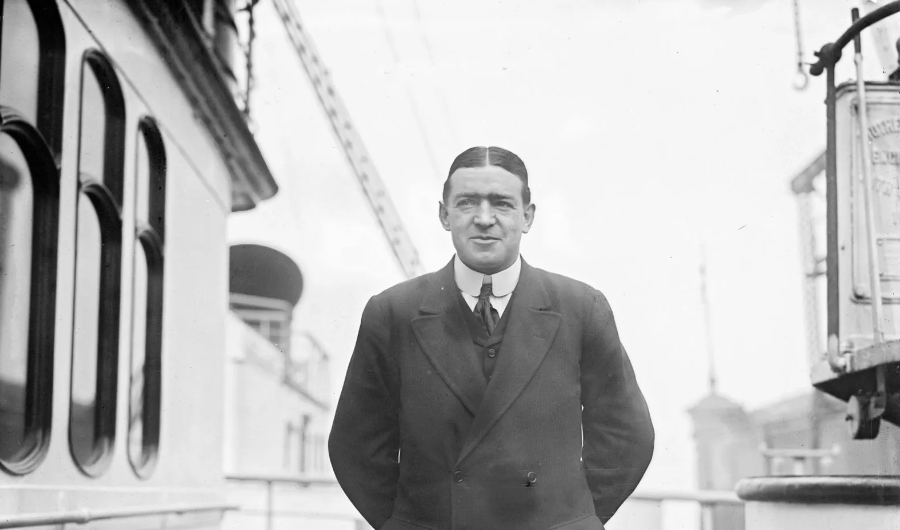
When Sir Ernest Shackleton attempted to cross Antarctica by foot, there was one problem: he couldn’t even reach his starting destination. He and his crew’s ship got stuck on ice in the Weddell Sea, where they remained helpless for two years. Eventually, the ice destroyed the ship and the crew was forced to travel through the freezing sea. Shackleton took a lifeboat 800 miles to South Georgia Island, where he had to cross literal mountains to get to the whaling station on the other side.
The Lykov Family
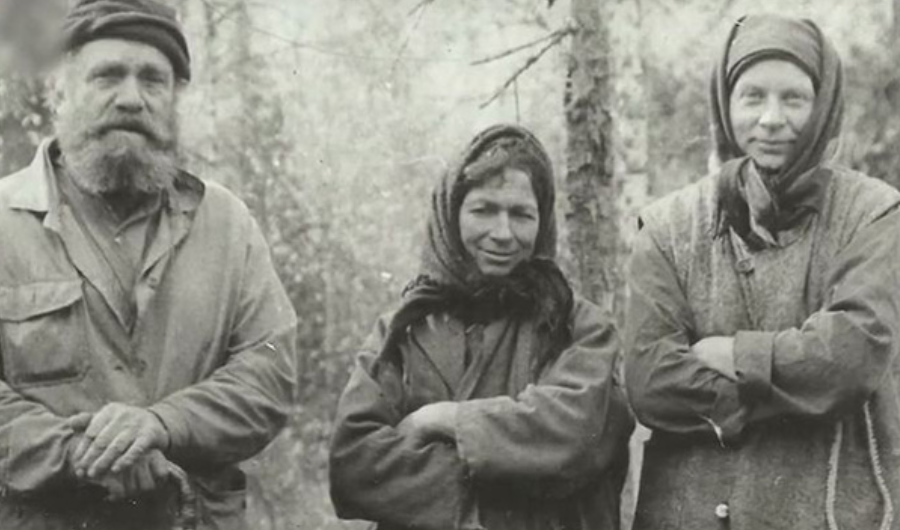
In 1936, the Lykov family decided to flee religious persecution into the Siberian wilderness, taking only a few seeds and possessions with them. They built huts on the Mongolian border, had two more children, and survived by hunting and farming. In the harsh winters, they rationed their food and almost starved. The family were discovered in 1978, having lived for five decades in the wilderness.
Peter Skyllberg

In February 2012, two snowmobilers stumbled upon a car in the north of Sweden. After digging it out, they discovered a man in the backseat. That man was Peter Skyllberg, who’d been buried there for 60 days living off snow alone. There were countless sceptics who brought his story into question, but science backed him up. Researchers said it was possible his body went into a kind of hibernation.
Reshma Begum

In 2013, Reshma Begum was working as a seamstress in a building near Dhaka when it collapsed and left 1,100 workers dead. Rescuers were about to give up their search for survivors when they heard Reshma making noise among the ruins. She had been buried there for 17 days, sustaining herself on scraps of food and water she’d found among the rubble
Eric LeMarque

Eric LeMarque was snowboarding in the Sierra Nevada mountains in March 2003 when he veered off course and got lost. Not having packed in anticipation of being stranded, Eric had zero supplies besides an MP3 player. He spent seven days in total isolation before he was found. Sadly, he lost most of his legs due to frostbite and tissue damage.
Howard Ulrich
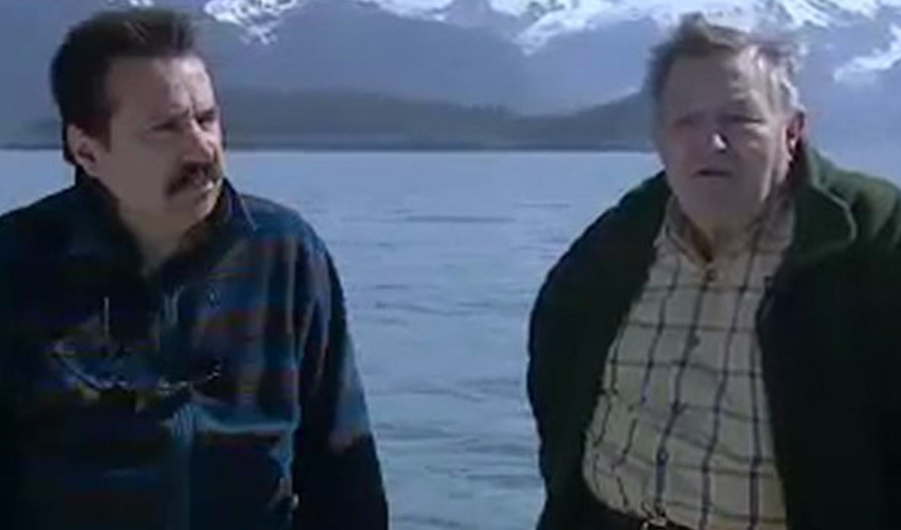
Howard Ulrich was fishing in Lituya Bay with his son back in 1958 when a wall of water came thrashing towards them thanks to an earthquake. The wave was a monstrous 1,720 feet tall and it swept them through the bay at 100 miles per hour. Incredibly, the wave carried them up over trees and back down onto the bay, leaving them mostly uninjured.
Maria Viricheva

In February 2002, 19-year-old Maria Viricheva, who was pregnant at the time, walked off with another man after a fight with her boyfriend in a park. The man, Alexander Pichushkin, beat her up and threw her into a manhole. Viricheva fell 20 feet into a sewer pipe, but managed to get up the ladder and grab the attention of a passing woman. Incredibly, both Viricheva and her baby survived.
Enietra Washington

Enietra Washington, 30 years old, accepted a ride when she was walking to a friend’s house in Los Angeles back in 1989. Once in the car, the driver, Lonnie Franklin, shot her in the chest and pushed her out of the car. Washington managed to run to her friend’s house where she received medical attention. Franklin was arrested 20 years later.
Danie Pienaar

Danie Pienaar was a research student in South Africa studying white rhinos when he was bitten by a black mamba. Pienaar knew time was precious and drove 100 miles per hour until he saw another car. Together, the pair made it to the hospital two hours later. After receiving vital treatment, he made a slow recovery, only saved from death by his improvised tourniquet. Later, Pienaar became the head of the South African National Parks Scientific Services.
Niel Parker

In September 2019, hiker Niel Parker spent two days crawling on his hands and knees, looking for help after falling down a waterfall on Mount Nebo, in the northwest of Brisbane. He splinted his leg with hiking sticks and carried his heavy load while in intense pain, looking for anyone or anything that could help him. He survived for two days on creek water and scant food supplies. A rescue helicopter eventually found him.
Ada Blackjack
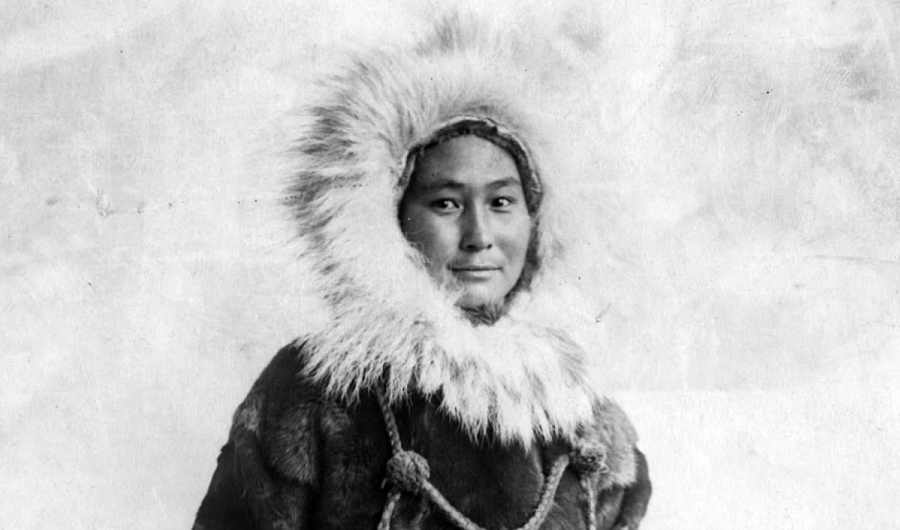
Ada Blackjack was an Alaskan hired by Canadians to explore the Wrangel Islands, which Canada wanted for herself. Blackjack went with five others, four of whom left one by one. The last remaining crew member died from sickness. Ada remained alone on the island for two whole years until she was rescued. She was later recognised and honoured for her bravery and sacrifice.
The Gremlin Special
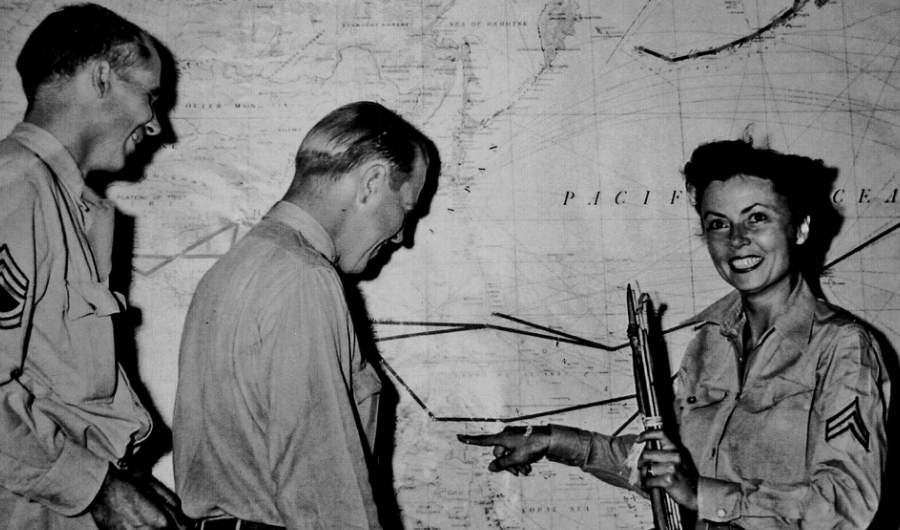
In May 1945, the Gremlin Special, a U.S. Army Air Force C-47, crashed into the side of a mountain, killing 21 out of the 24 officers on board. The three survivors found themselves in what was then Dutch New Guinea, the natives of which had only had contact with outsiders on a few scant occasions in 1909, 1920 and 1938. The three were rescued after 45 days in the jungle.
Mark Inglis and Phil Doole
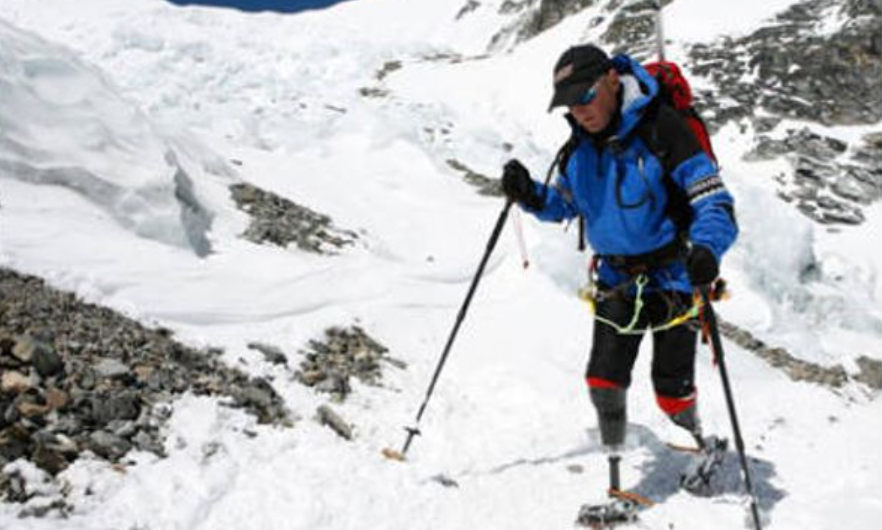
Mark Inglis and Phil Doole were climbing the highest mountain in New Zealand, Aoraki Mt. Cook, in 1982, when a blizzard hit. The pair built themselves an ice cave and rationed the little food and water they had. They had to wait 13 days for help and lost their legs in the ordeal. Neither let it affect their vocation, though: in 2006, Inglis was the first amputee to climb Everest.
Kate Moir
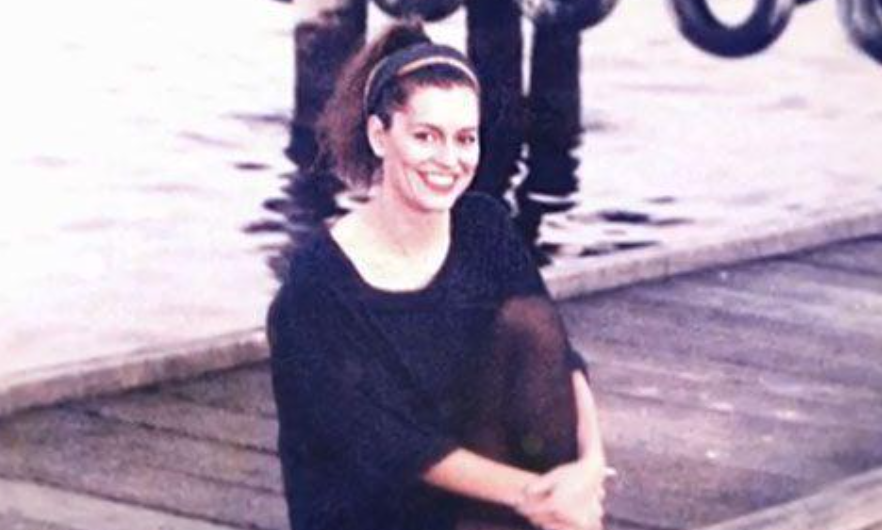
Disaster struck Kate Moir in November 1986 when she was kidnapped by David and Catherine Birnie from her home in Willagee, Australia. The pair did unspeakable things to Moir in their own home until one day, when David was out, she fled through the bedroom window and knocked on the neighbour’s door, only to realise they weren’t in. Moir ran and ran until she found a man outside a shop who took her to the police station. The Birnies were sentenced to life in prison on multiple counts of murder.
John Emery
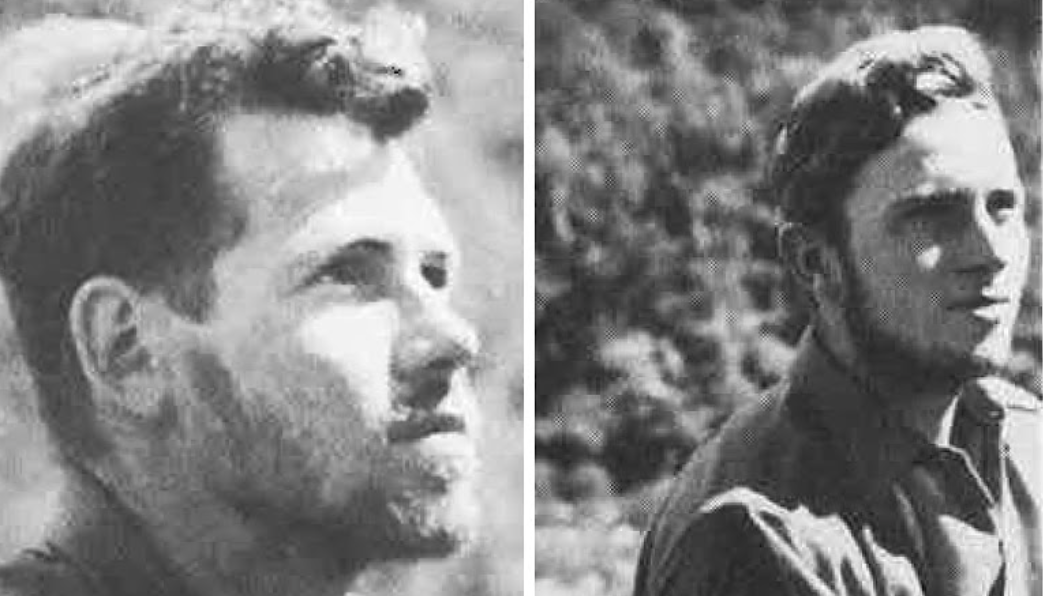
In 1957, Tony Streather and John Emery and two other men from Oxford University attempted to reach the summit of Haramosh Peak in Pakistan. By the end of the trip, they were only two survivors. The group had experienced exposure to the elements, avalanches, and several nasty falls. One fell to his death, and another died of acute frostbite. Emery, one of two survivors, later described the event as an out-of-body experience.
Leonid Rogozov
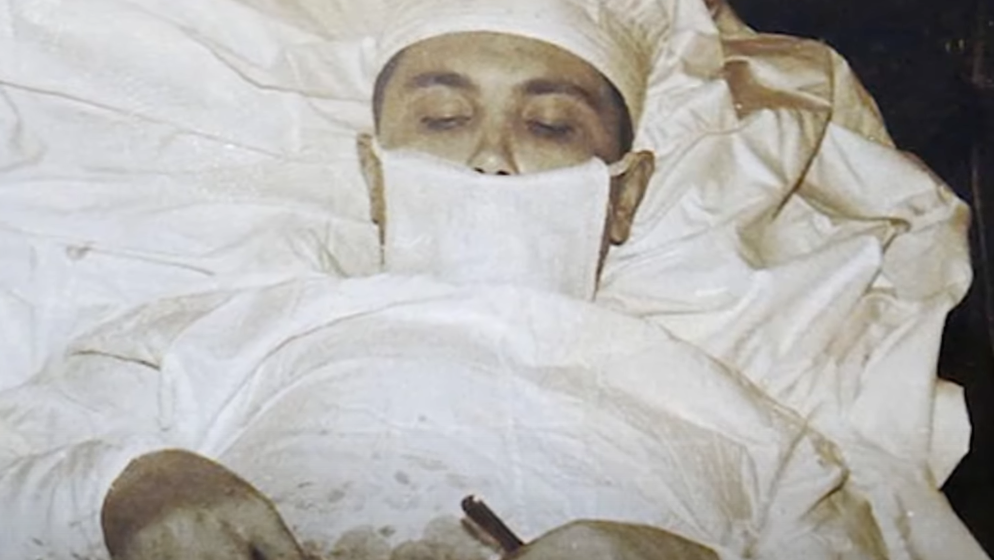
In 1960, Leonid Rogozov embarked on the sixth Soviet Antarctic Expedition, serving as the group’s medic and surgeon. Over a year into the trip, while stationed at the Novolazarevskaya Station in the heart of the antarctic tundra, Rogozov developed symptoms that he recognised meant his appendix was about to burst. As the only member of the expedition with medical training, Rogozov was forced to take matters into his own hands, literally, and he performed the operation on himself, relying entirely on feel to identify and remove the correct organ.
Tsutomu Yamaguchi
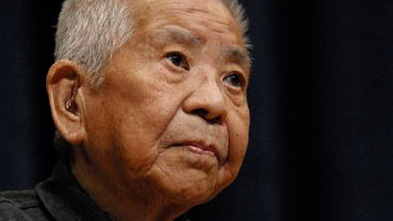
A Japanese marine engineer, Tsutomu Yamaguchi held the unusual record of having survived not one but two nuclear attacks. On August 6, 1945, Yamaguchi was on business in Hiroshima when the United States Airforce dropped an atomic bomb on the city. Despite sustaining wounds as a result of the explosion, Yamaguchi returned to his hometown of Nagasaki and went back to work the following day – and was there when the second bomb detonated. Despite receiving a hefty dose of radiation, Yamaguchi lived a long life, passing away peacefully at the age of 93.
Chris Stewart

In 2006, 12-year-old racing car driver Chris Stewart was involved in a horrific crash while competing in Southampton, UK. Stewart lost control of his vehicle and slammed into a wall, with the force of the impact resulting in ‘internal decapitation’ – in other words, a separation of his skull and spine. After being rushed to hospital, Stewart underwent a six hour operation to reattach his head to his neck. Miraculously, and against all the odds, Stewart made a full recovery, returning to racing two years after the accident.
Douglas Mawson
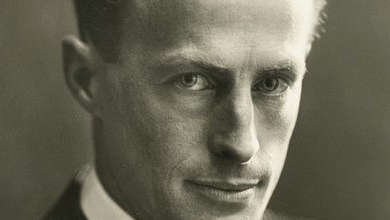
In 1912, Australian explorer Douglas Mawson set off on an Antarctic expedition with Xavier Mertz and Belgrave Ninnis. Things took a deadly turn when Ninnis plunged into a crevasse, taking most of the sledding dogs with him as well as the group’s food, water and tent. Mawson and Mertz forged on, eventually resorting to eating some of the dogs. Unfortunately, they unwittingly ate the dogs’ livers, resulting in vitamin A poisoning that killed Mertz. Despite having no shelter or food, and being seriously ill, Mawson eventually managed to trek back to his basecamp, although it took him 30 days.
Violet Jessop
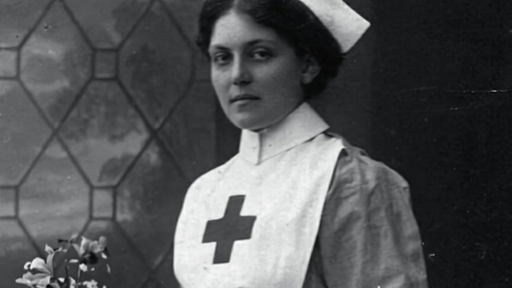
A ship’s nurse and stewardess, Violet Jessop managed to survive three shipwrecks that between them claimed thousands of lives. Firstly, Jessop was aboard the RMS Olympic when it collided with another ocean liner, sustaining severe damage. Next, Jessop was working on the Titanic when it struck an iceberg and sank in the Atlantic ocean. Finally, Jessop was serving as a nurse on the HMHS Britannic when it hit a German mine, going down in the Mediterranean just off the coast of Greece. Despite going through three harrowing disasters, Jessop continued to work on ships for years afterwards.
Michelina Lewandowska
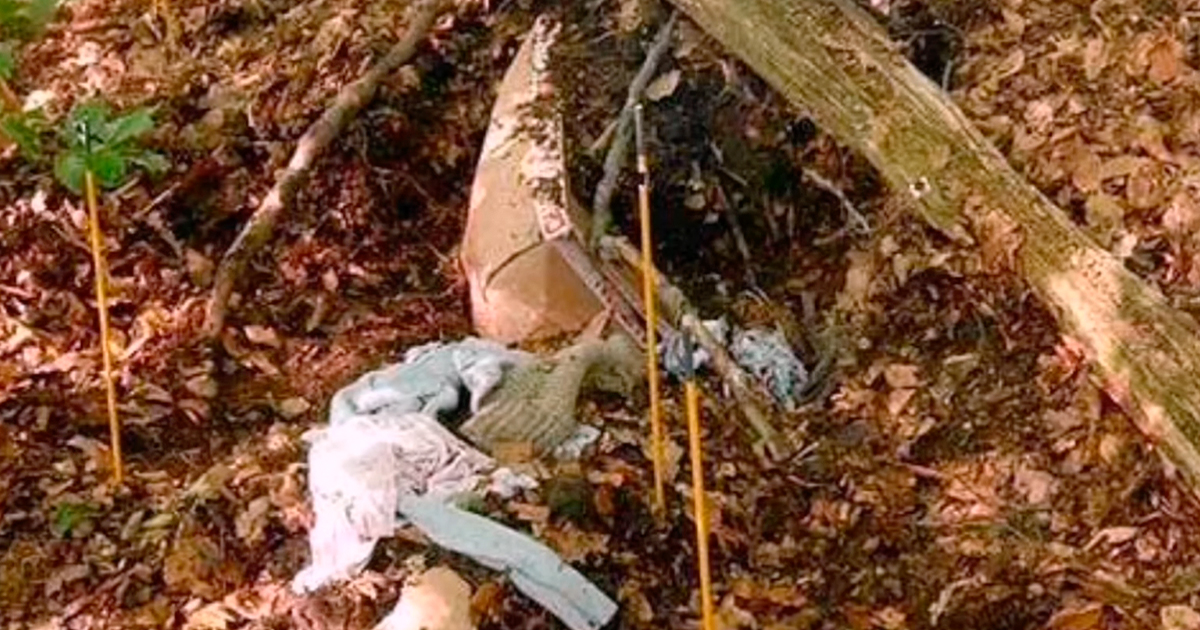
In 2011, Michelina Lewandowska was tasered, tied up, put in a cardboard box and buried alive – by her fiancé Marcin Kasprzak. When she awoke, Lewandowska realised she had to act quickly before she ran out of air. The only implement she had at her disposal was her engagement ring (given to her by Kasprzak himself), and she used it to slice through her bonds. Fortunately, she had only been buried under a few inches of soil, allowing her to dig her way out before she suffocated. Kasprzak was ultimately found guilty of attempted murder and jailed for 20 years.
Ludger Sylbaris
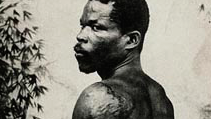
Ludger Slybaris was a Caribbean man and one of the only survivors when Mount Pelée devastatingly erupted on the island of Martinique in 1902. The eruption – which was described as “apocalyptic” by those who witnessed it – remains one of the deadliest volcanic events in history, with around 30,000 perishing in the ash, lava and ensuing tsunamis. Sylbaris survived because he was being held in a reinforced cell in solitary confinement after having been arrested for assault. Who said crime doesn’t pay?
Alexander Selkirk

The inspiration for Robinson Crusoe, Alexander Selkirk was a Scottish privateer who, in 1704, was marooned by his captain after leading an unsuccessful mutiny. Selkirk spent four years and four months living on an entirely uninhabited island in the South Pacific Ocean, during which time he survived by hunting goats and lobsters, and eating vegetables and fruits he found growing. Eventually, Selkirk was rescued by an English privateering ship captained by William Dampier, who remarked that he was impressed by the “peace of mind” the castaway had attained through his isolation.
Witold Pilecki
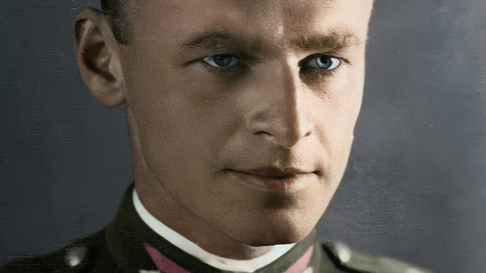
A Polish resistance fighter during WWII, Witold Pilecki willingly took on one of the riskiest, most harrowing missions in the history of war. Having heard rumours about the horrors of concentration camps, Pilecki deliberately got himself arrested by the Nazis so that he could be sent to Auschwitz. Once inside the notorious death camp, he smuggled out evidence of the atrocities being committed, which was used to galvanise Allied forces into action. Against the odds, Pilecki survived his time in the camps, although, in a true perversion of justice, he was executed by the Polish government a few years later.
Lyndi Harding
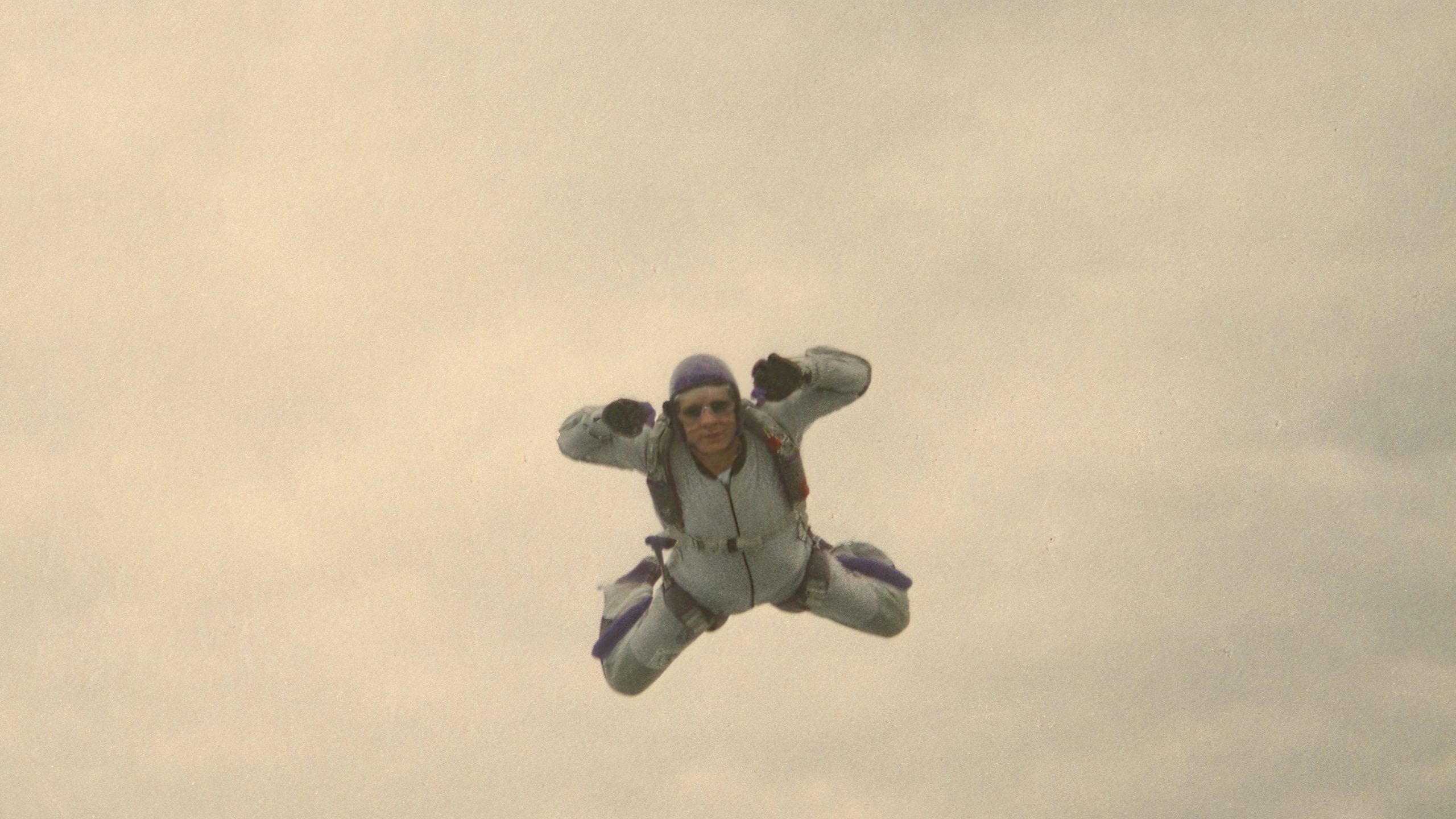
Skydiving enthusiast Lyndi Harding was on holiday in California when she decided to book in a solo jump. After leaping from the plane at a height of 4,000 feet, Harding found herself in the worst nightmare of every skydiver: her parachute wouldn’t open. Resigned to what she believed was a certain death, Harding “took a deep breath and said a little prayer.” However, despite free falling for over a mile, when she did eventually hit the ground, to the amazement of absolutely everyone (including herself) she walked away with only a broken nose and a few cracked ribs.